Le Monde Problématique's Public Feed: Willkommen zu meiner Debattenr...
Willkommen zu meiner Debattenrundschau vom 21.05.2019!
Die Biennale in Venedig wurde vorvergangene Woche eröffnet und bestimmte für mehrere Tage die Berichterstattung in den Feuilletons und Fachpublikationen. Hanno Rauterberg war für die Zeit vor Ort und beschreibt den von Ralph Rugoff kuratierten Teil der Riesenausstellung: „[V]or allem in [der] Nähe des Ungleichartigen, in der Allverträglichkeit des Disparaten, liegt für Rugoff die eigentliche Bedeutung seiner Biennale. Sie ist ein Schau- und Schutzraum überbrodelnder Pluralismen. Ein Ort der exzessiven Ambivalenz, während draußen, im echten Leben, die Populisten nach Ein- und Abgrenzung rufen und einfache Wahrheiten verheißen.“ Das Konzept Rugoffs wende sich auch gegen den „identitätspolitischen Populismus des Kunstbetriebs“, so Rauterberg. Die Offenheit des kuratorischen Konzepts habe aber auch ihre eigene Schwäche: „Durch die verpuzzelte Überfülle der Ausstellung, die in den weiten Hallen des Arsenale durch Sperrholzwände noch verstärkt wird, zieht sich über weite Strecken eine schnoddrige Gleichgültigkeit. […] Wenn Kunst alles bedeuten kann, bedeutet sie im Zweifel nichts.“ Zwei große Trends, die der Autor auszumachen glaubt: „[E]rstens der Hang vieler Künstler zur Kunstgewerblichkeit, zweitens ihr Hang zu unbedingter Digitalität.“
Eine ebenfalls sehr gute Besprechung der Biennale hat Kolja Reichert für die FAZ geschrieben. Sein Artikel ist nur schwer thesenhaft zuzuspitzen, deshalb gilt an dieser Stelle: einfach vollständig selbst lesen, es lohnt sich.
Die venezianische Großausstellung ist eigentlich keine kommerzielle Veranstaltung, auf der die ausgestellte Kunst zum Verkauf steht. Wie sehr der Kunsthandel dennoch mit der Biennale verwoben ist, beschreibt Scott Reyburn in seinem Artikel für die New York Times.
Natascha Süder Happelmann a.k.a Natascha Sadr Haghighian bespielt in diesem Jahr den deutschen Pavillon. Sarah Alberti beschreibt in ihrer Besprechung für den Freitag die künstlerische Arbeit Happelmanns und geht auch auf die performanceartige Vorarbeit der Künstlerin ein. Die Autorin scheint nur halb überzeugt zu sein von Happelmanns Beitrag – ihre Themen „Flucht“ und „Vertreibung“ fehle es an einer schlagkräftiger Umsetzung.
Einer der großen Aufreger der Biennale ist der Beitrag des Künstlers Christoph Büchel – er hat das Wrack eines gesunkenen Flüchtlingsbootes aufstellen lassen, dessen Havarie im April 2015 mehr als 700 Menschen das Leben kostete. Philipp Meier spricht in seinem Kommentar für die NZZ von „pathetischem Sozialkitsch“ und spricht dem Wrack ab, überhaupt ein Kunstwerk zu sein.
Ein wirklich großartiges Interview hat Shirley Kaneda mit der in New York lebenden Malerin Charline von Heyl für bombmagazine.org geführt. Das Gespräch wurde vor fast neun Jahren veröffentlicht, was dem Ganzen aber keine Abbruch tut. Von Heyl malt abstrakt; ein großer Teil des Gesprächs dreht sich um die Schwierigkeiten und Chancen einer Bildproduktion, die non representational ist. Gerade in unserer gegenwärtigen Zeit, in der Repräsentation den Kunstdiskurs maßgeblich bestimmt, wirkt das Interview äußerst erfrischend – zeigt es doch, was für ein großartiges und auch riskantes Abenteuer eine Kunst sein kann, die sich einem direkten sprachlichen Zugriff verweigert.
Sachsens Ministerpräsident Michael Kretschmer löste vorvergangene Woche Empörung aus mit seiner Bemerkung, die Aktionen der KünstlerInnengruppe „Zentrum für politische Schönheit“ und die der Identitären Bewegung seien ähnlich problematisch und geschmacklos. Saskia Trebing analysiert für monopol-magazin.de wie plausibel Kretschmers Vergleich tatsächlich ist. Formal seien die Aktionen der beiden Gruppierungen in der Tat vergleichbar, obwohl sie inhaltlich kaum unterschiedlicher sein könnten, so die Autorin. Das liege auch an der Tatsache, dass Protestformen der liberalen Linken, welche an der Performancekunst geschult seien und auf Provokation und theatralische Mittel setzten, von der Neuen Rechten übernommen worden seien. Allerdings sei es gefährlich und unangemessen von Kretschmar, „für beide Kollektive gleichermaßen die Frage nach Kunstfreiheit zu bemühen. Denn so hebt man eine als rechtsextrem eingestufte Gruppierung in den Rang von Künstlern. Auch wenn man die Methodik des Zentrums für Politische Schönheit nicht gutheißen muss, ist ihre Motivation eine humanistische. […] Die Aktionen der Identitären Bewegung haben nichts mit Kunstfreiheit zu tun, weil sie keine Kunst sind. Kunst diffamiert nicht pauschal Bevölkerungsgruppen und wird nicht von Hass angetrieben“, so die Autorin.
Das Whitney Museum für Amerikanische Kunst in New York steht seit einigen Monaten in der Kritik – diverse Interessensgruppen fordern den Rücktritt des Vizepräsidenten des Aufsichtsrats, Warren Kanders, weil dessen Firma „Safariland“ Kampfmittel und -ausrüstung herstelle. Tränengas der Firma sei an der Amerikanisch-Mexikanischen Grenze gegen Einwanderer eingesetzt worden, so einer der Vorwürfe. Ein Mann wie Kanders vertrage sich demzufolge nicht mit dem progressiven Anspruch des Whitney Museums. Bisher hatten die Proteste keinen Erfolg – Kanders ist noch immer im Amt. Dass auch noch andere Mitglieder des Aufsichtsrat Verbindungen zur Waffenindustrie und zur Trump-Regierung haben, hat Zachary Small für Hyperallergic.com recherchiert.
Die Whitney Biennale gilt als eine der wichtigsten Ausstellungen zeitgenössischer Kunst in den USA, entsprechend groß ist das öffentliche Interesse. Die aktuelle Ausgabe, welche letzte Woche eröffnet wurde, sei ein treffendes, aber auch etwas harmloses Portrait der Gegenwart - so lautet die Einschätzung Andrew Russeths in seiner Ausstellungsbesprechung für artnews.com. Eine Mehrheit der teilnehmenden Künstlerinnen und Künstler hatte sich im Vorfeld der Ausstellung für den Rücktritt von Warren Kanders ausgesprochen, Michael Rakowitz (hier ein Interview mit ihm auf Hyperallergic.com sagte aus Protest sogar seine Teilnahme ab. Die Kontroverse werde künstlerisch allerdings ausschließlich von dem Kollektiv „Forensic Architecture“ aufgegriffen, so Russeth. Alex Greenberger hat die Gruppe in ihrem Hauptquartier in London besucht und mit ihnen über ihren Biennale-Beitrag und ihre künstlerisch-wissenschaftliche Praxis gesprochen. Sein Portrait des Kollektivs kann man auf artnews.com nachlesen.
Post Internet Art – was war das noch mal? Ein Rückblick in jene Zeit, in der P.I.A. nicht bloß ein irgendwie peinliches Label war, wird einem nun von rhizome.org ermöglicht. Das Digital Preservation Team der Plattform hat den Blog „Post Internet“ des Kritikers und Kurators Gene McHugh archiviert und zugänglich gemacht, welcher von Dezember 2009 bis September 2010 aktiv betrieben wurde. Rhizome beschreibt ihn folgendermaßen: „The blog contended with many of the key issues of the early postinternet moment, in which artists contended with the internet’s increasingly profound effects on society at large and contemporary art in particular.“
In Düsseldorf wurde gerade eine große Ausstellung des Künstlers und Aktivisten Ai Weiwei eröffnet. Eine kurze Besprechung der Schau, welche in zwei Museen gleichzeitig stattfindet und den vielversprechenden Titel „Ai Weiwei“ trägt, hat Alexander Menden für die Süddeutsche Zeitung verfasst. Interessant sind hier vor allem die Äußerungen des Künstlers selbst, welche von Menden zitiert werden. So bescheinigt er den Bewohnern seiner neuen Heimat Deutschland einen gewissen Mangel an Humor und Flexibilität. Die Menschen wollten vor allem recht haben, so der Künstler. Deutschland sei in dieser Hinsicht mit China vergleichbar. Es gehe um die Reinheit der Haltung, allerdings mit dem Unterschied, dass diese in China vom Staat vorgeschrieben werde, wohingegen die Deutschen sie sich selbst auferlegten. Manch einer sei enttäuscht darüber, dass er China nur noch selten öffentlich kritisiere, so Weiwei. Das liege auch an seiner langen Abwesenheit. Man müsse in echter Gefahr sein und sich den Konsequenzen seiner Meinungsäußerung stellen müssen, um legitim kritisieren zu können. Von Deutschland aus sei das zu einfach, so der Künstler.
Johannes Bendzulla
Biennale: Eine schwierige Beziehungskiste
Was für ein Füllhorn! Oder doch nur Kraut und Rüben? Zwischen krümeligen Bastlern und glatten Digitalisten will sich die Kunst-Biennale von Venedig vollkommen erneuern. Kann das gelingen?

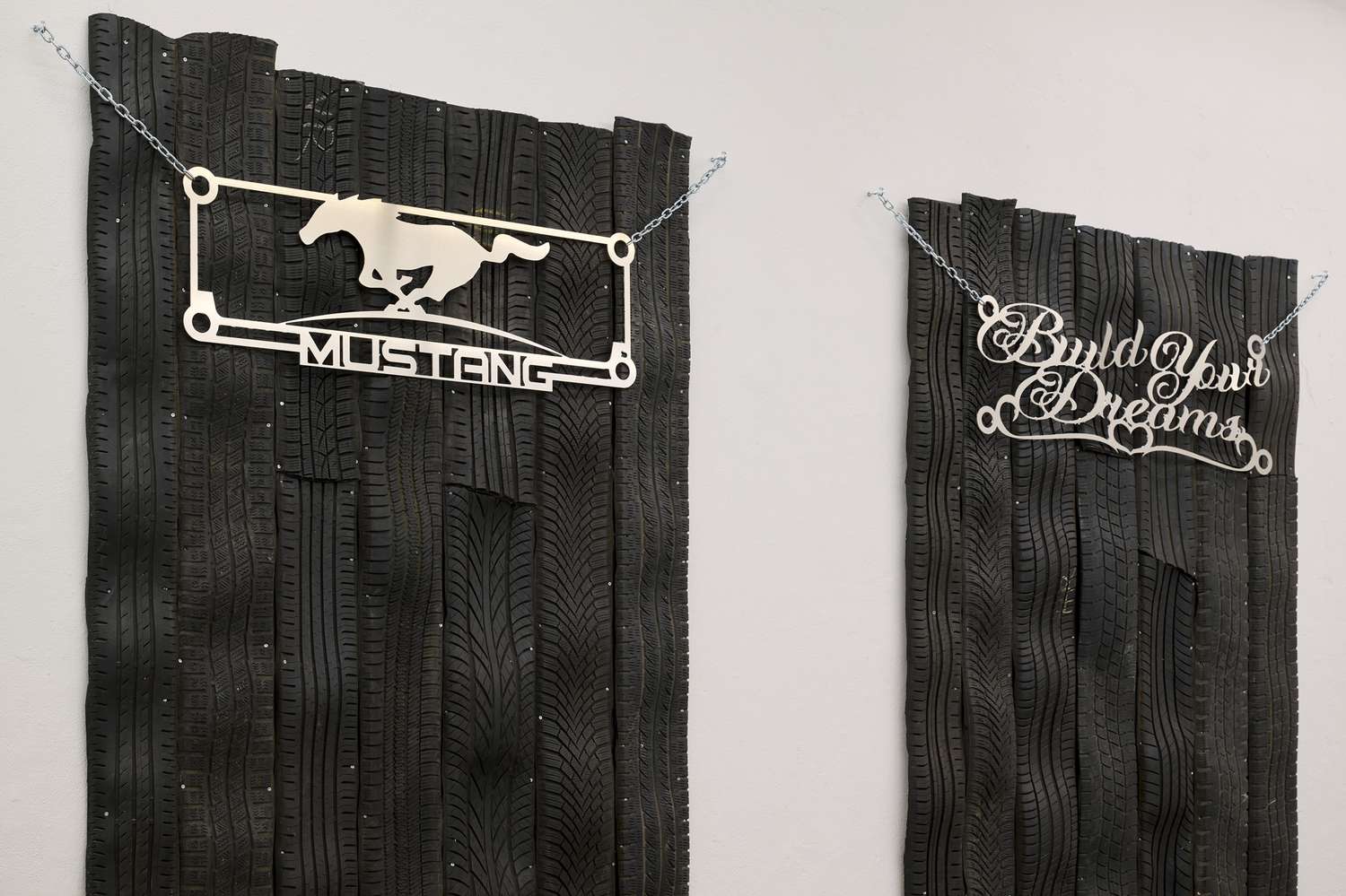
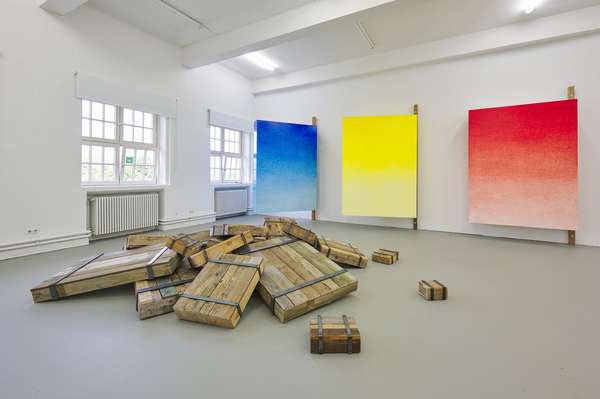
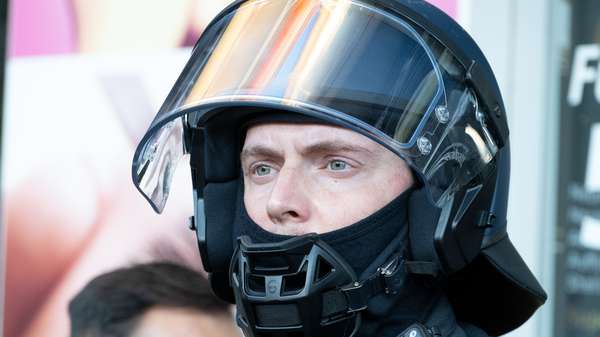
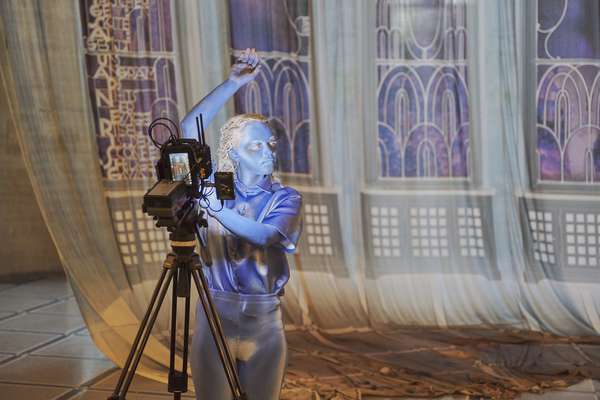
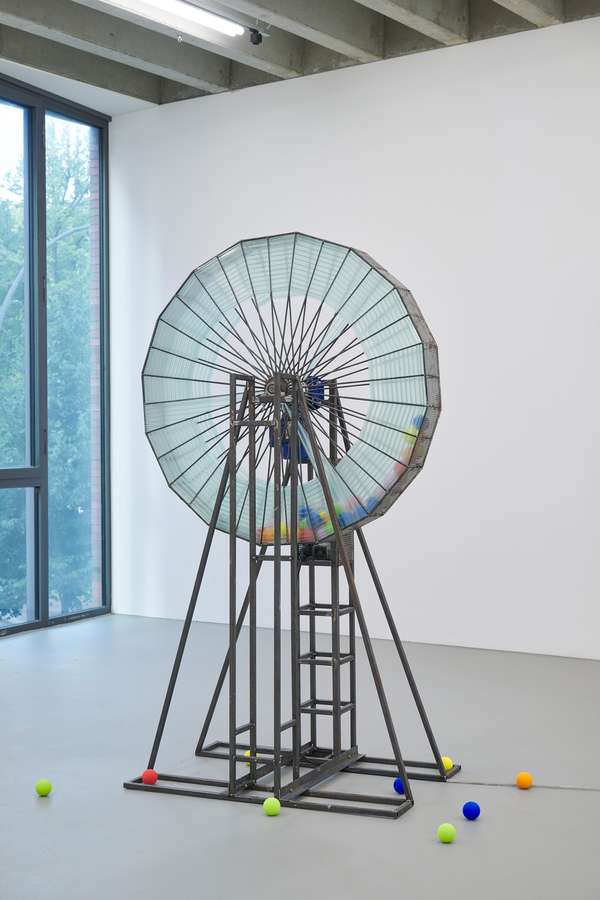
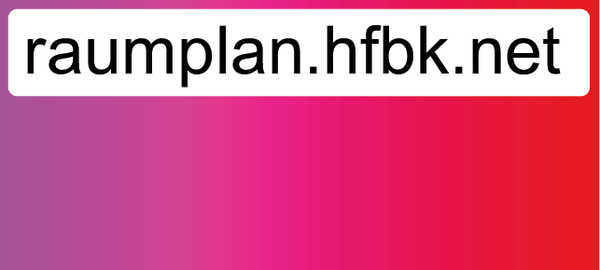
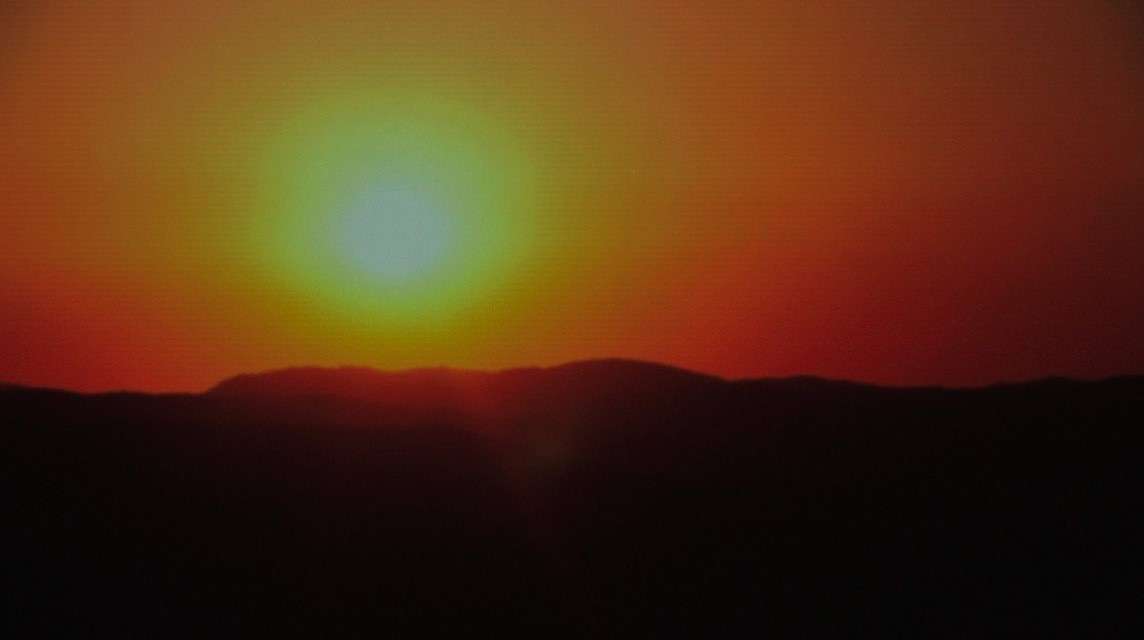
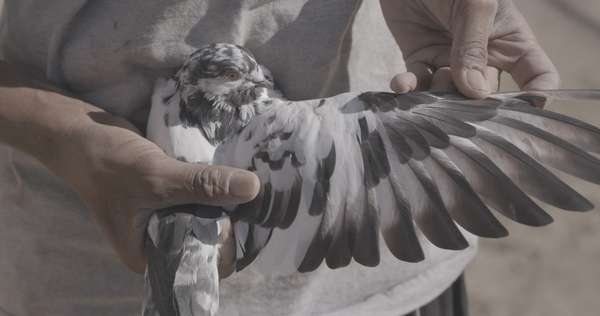
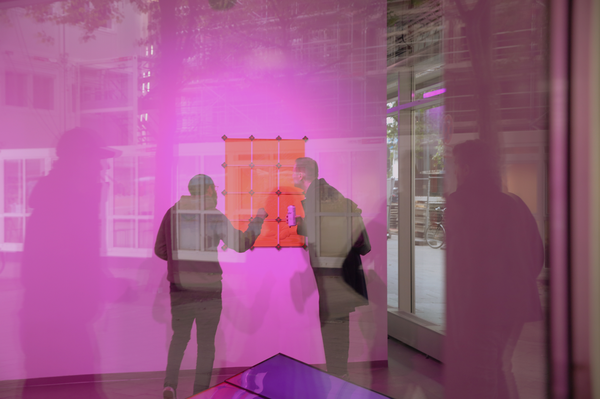
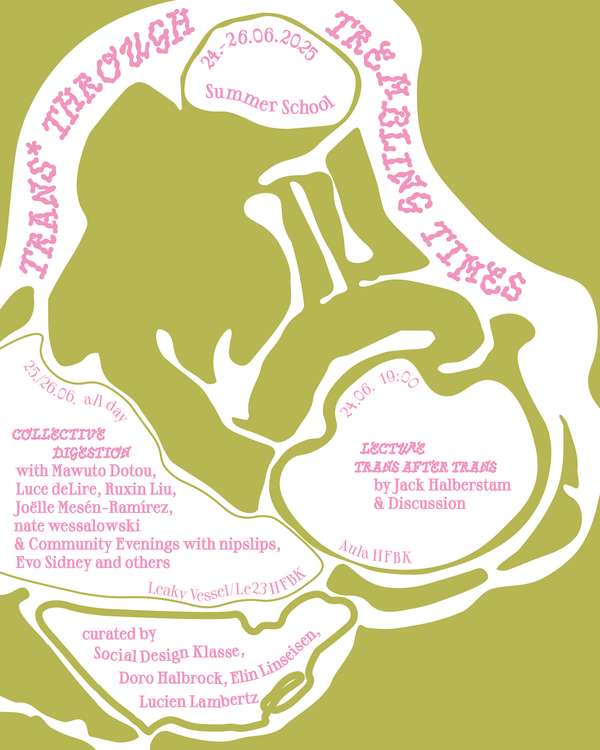
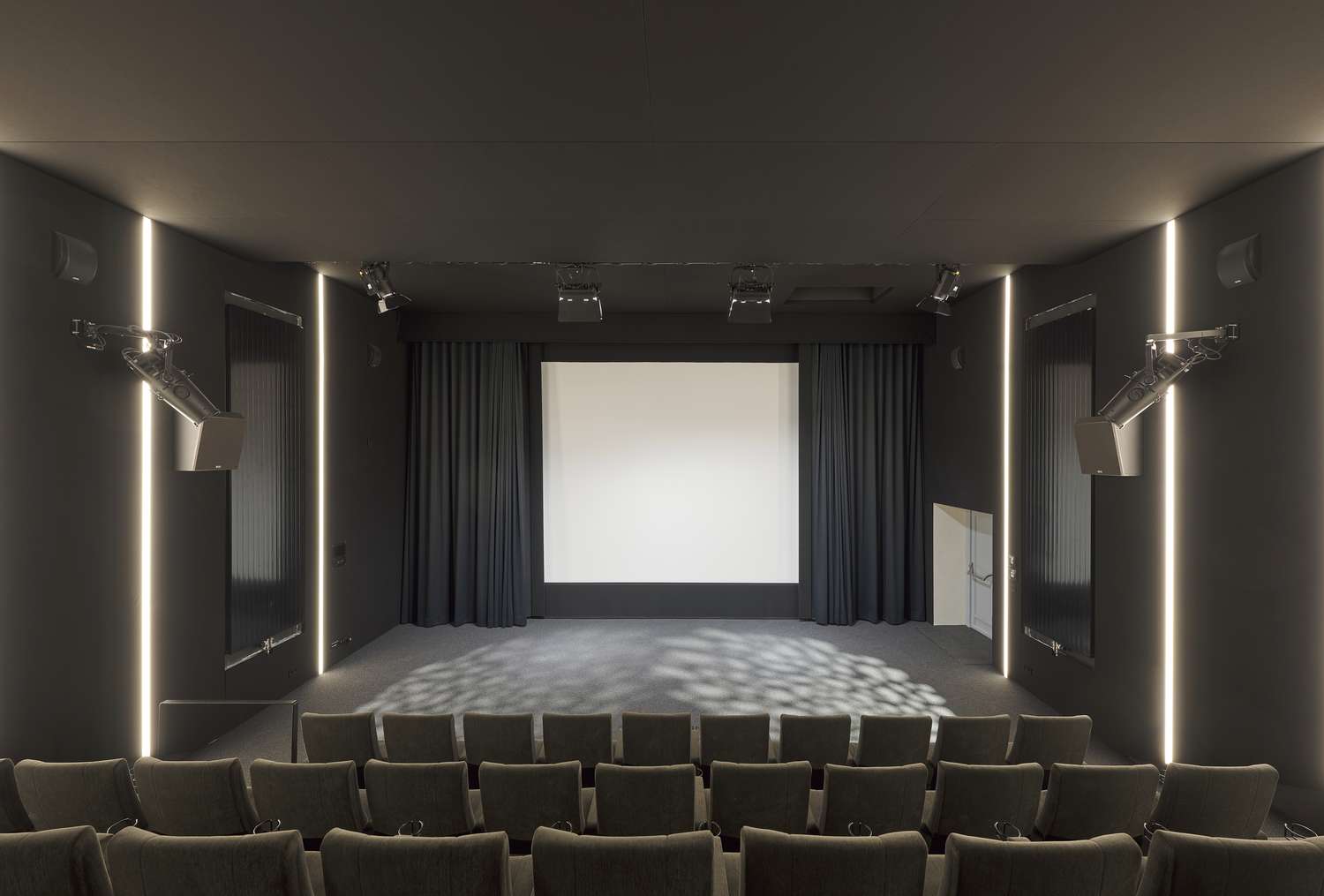
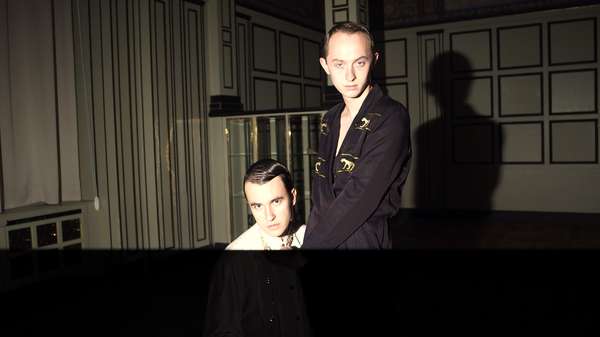
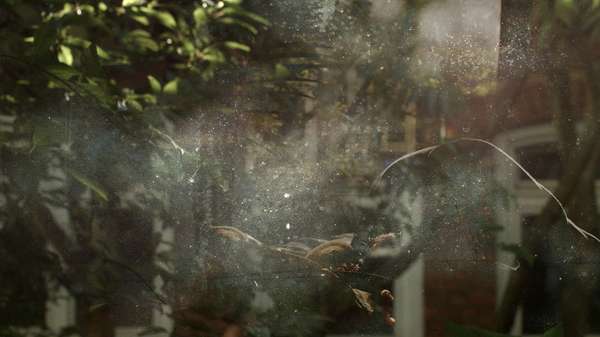
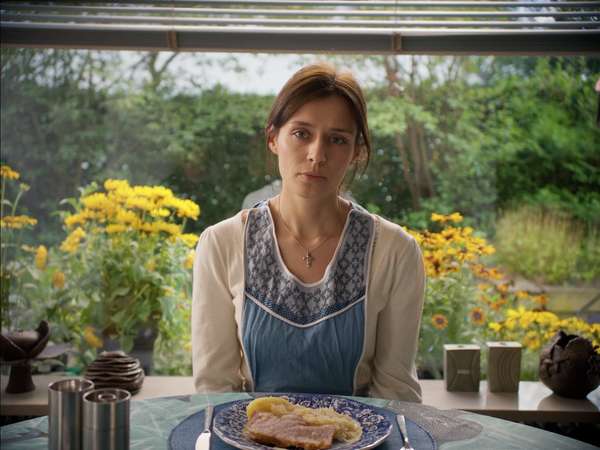
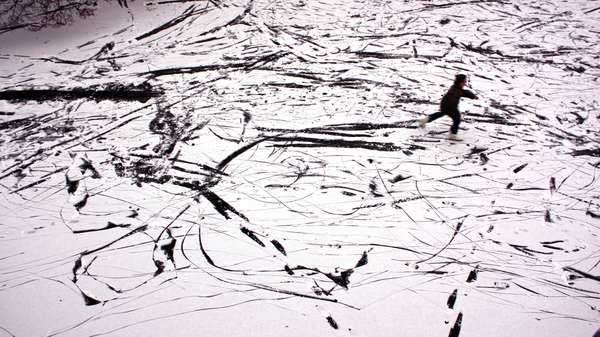
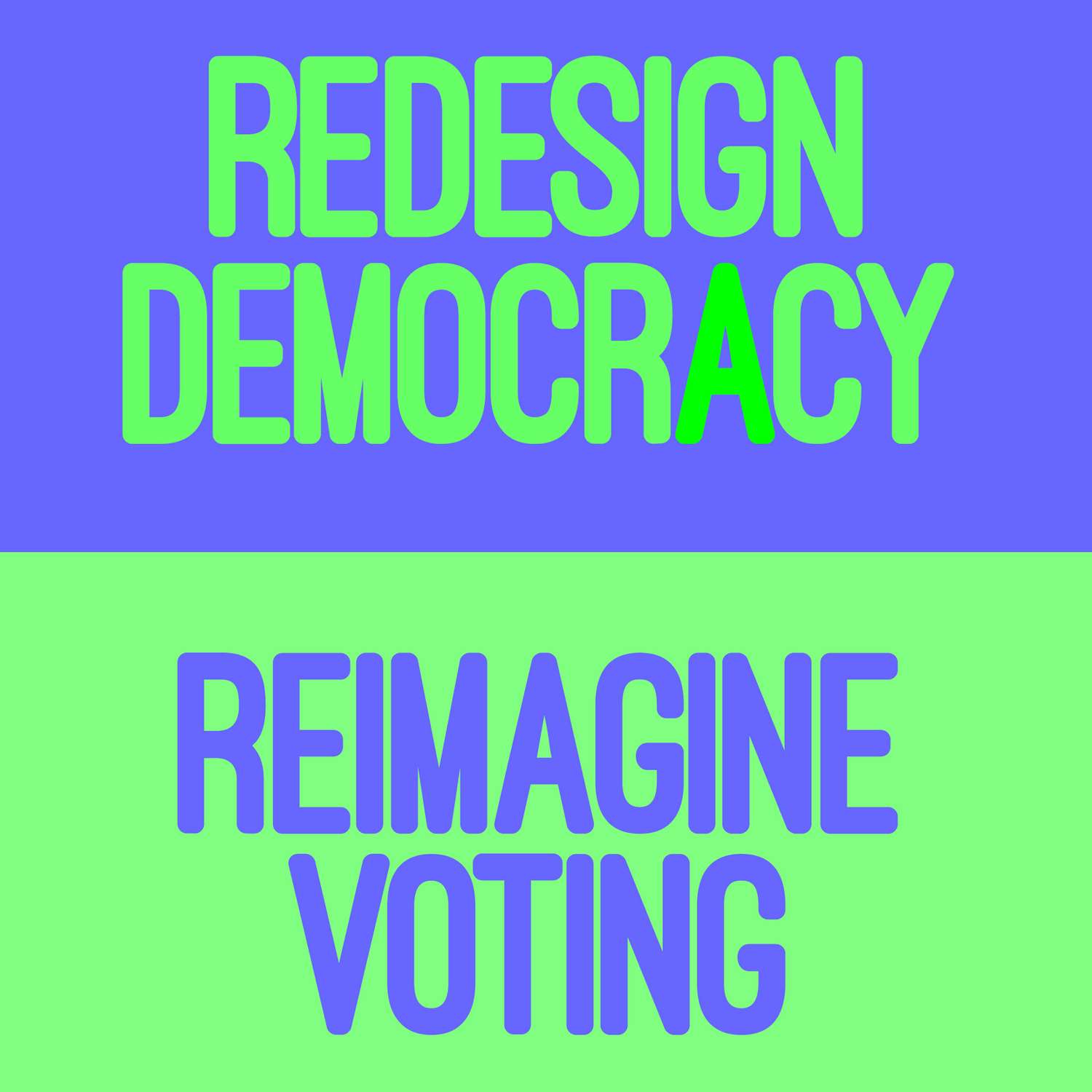
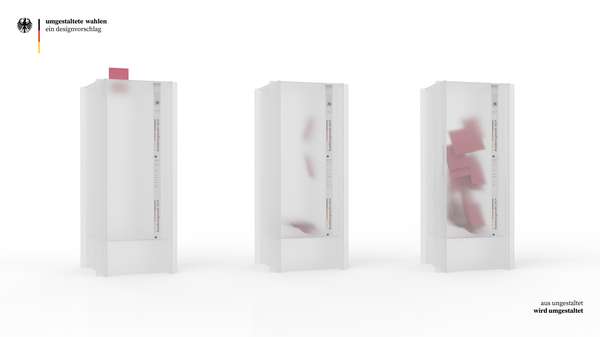
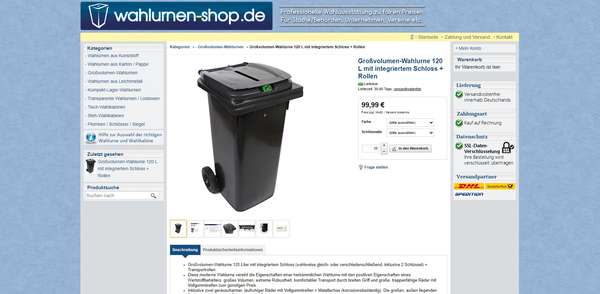
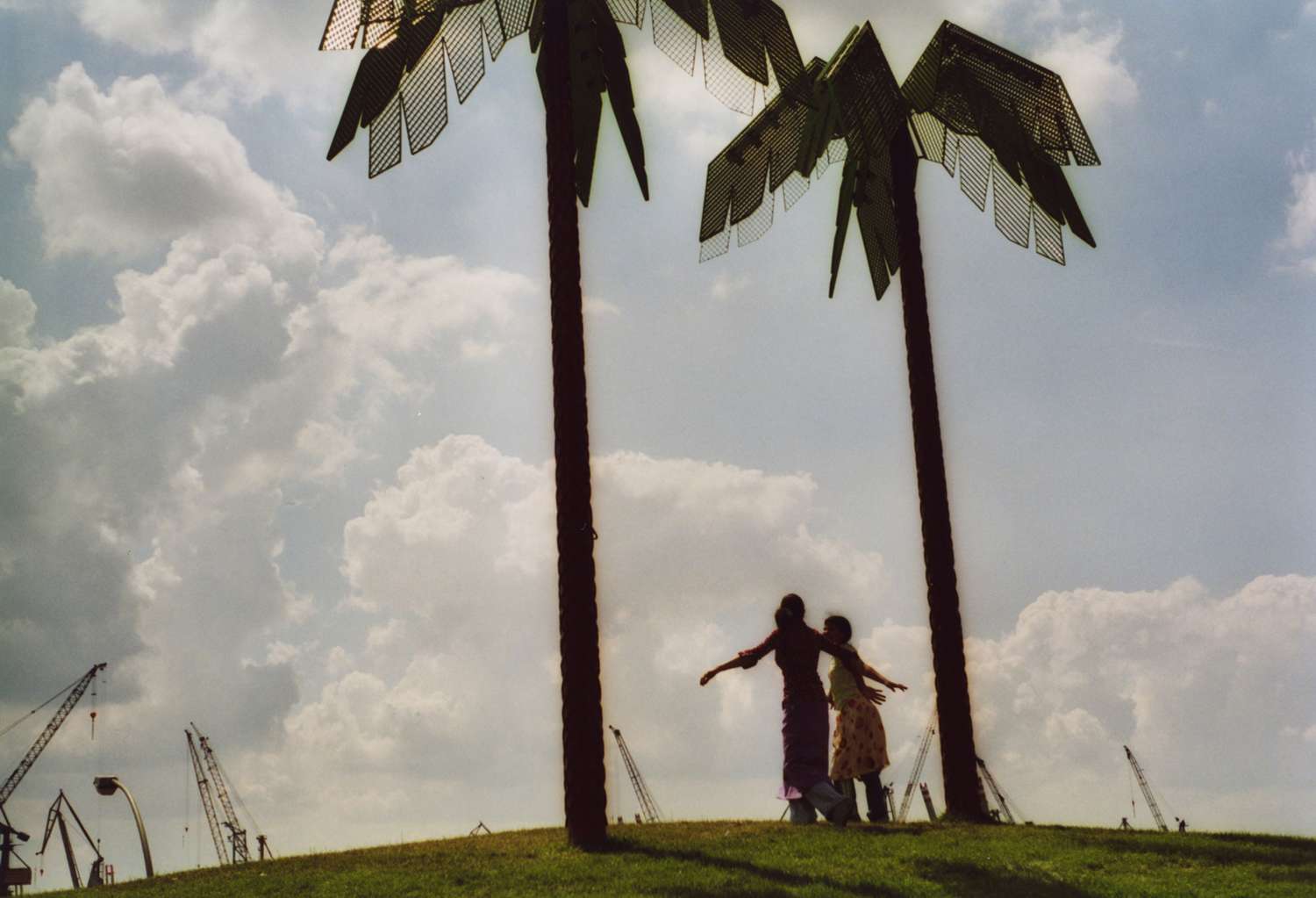
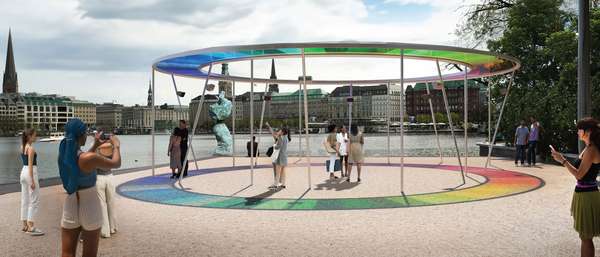
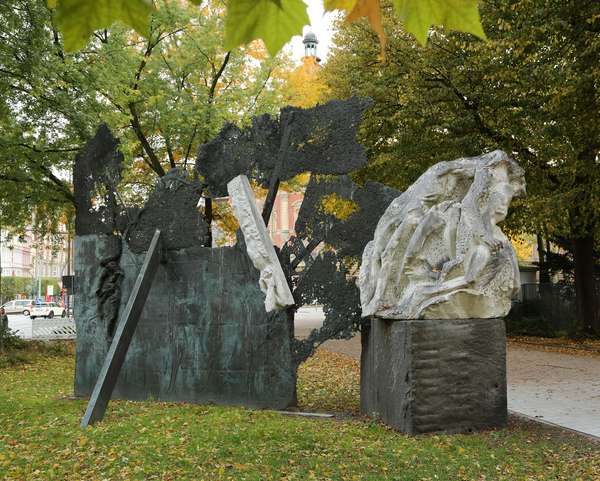
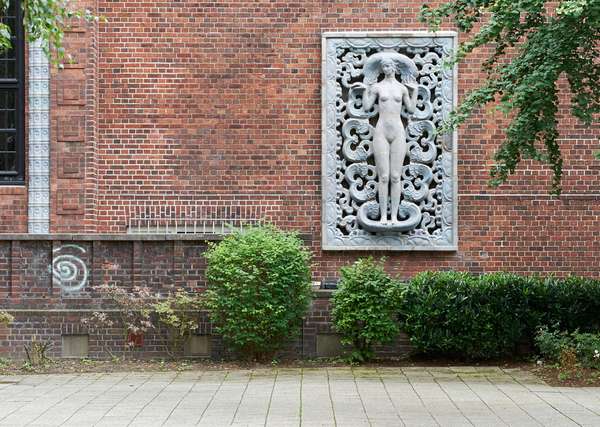
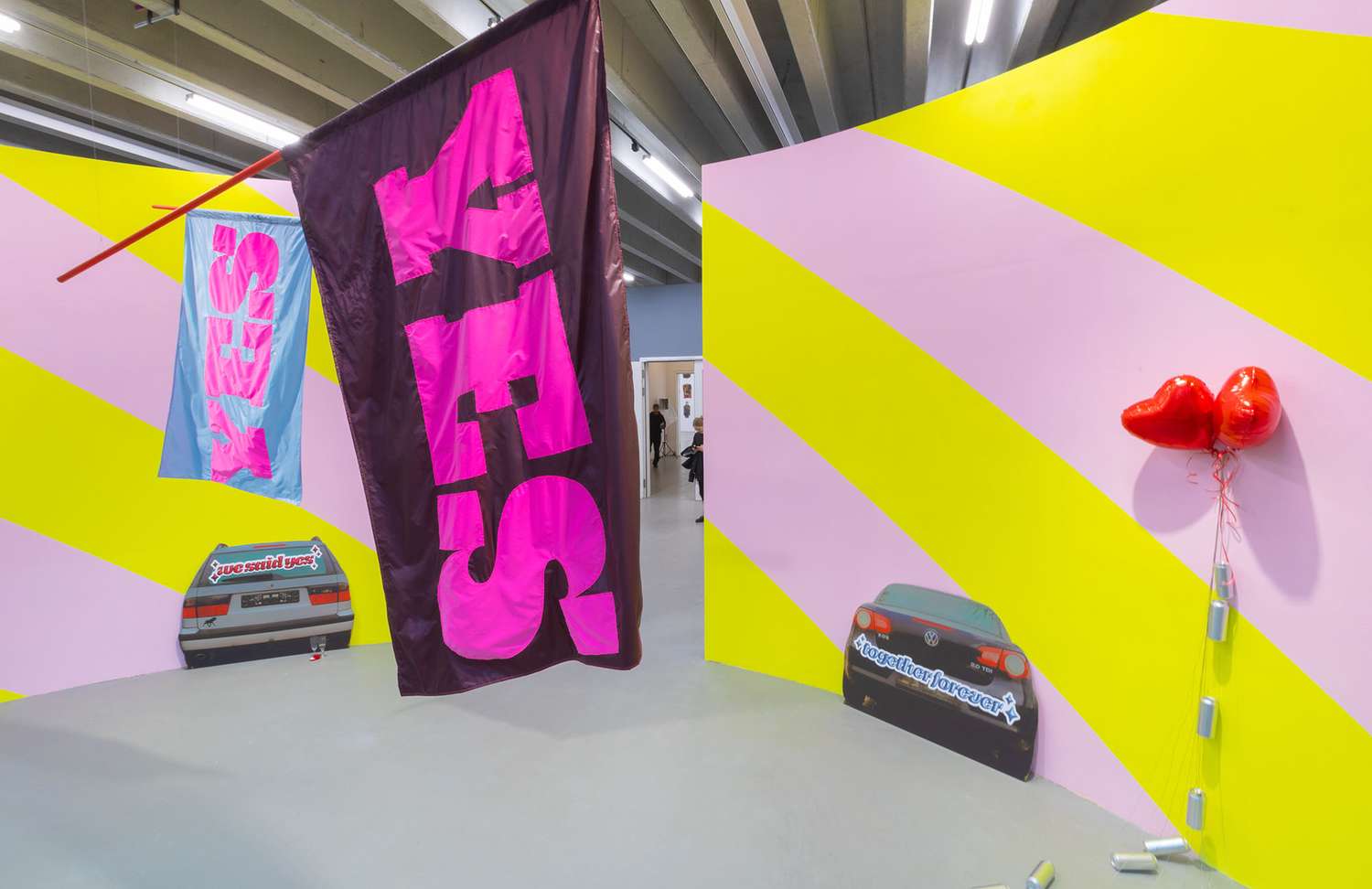
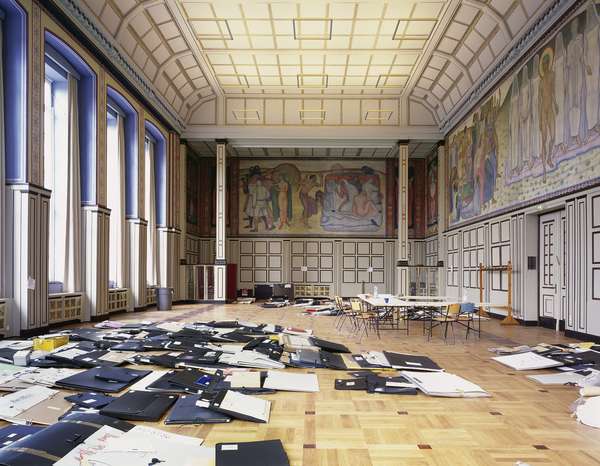
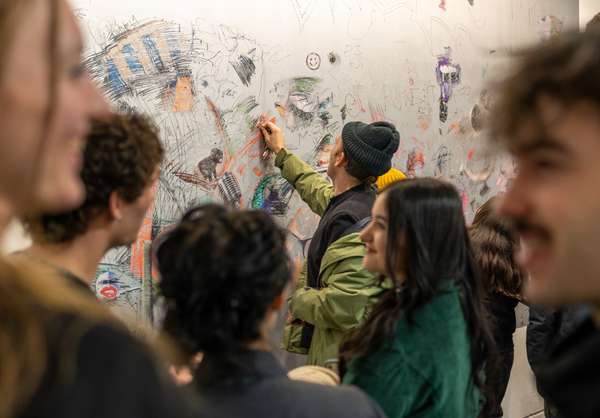
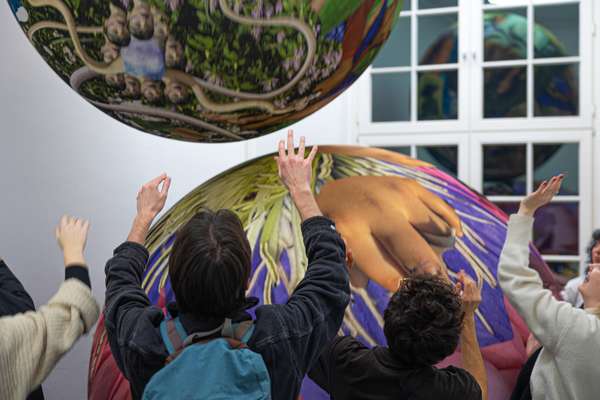
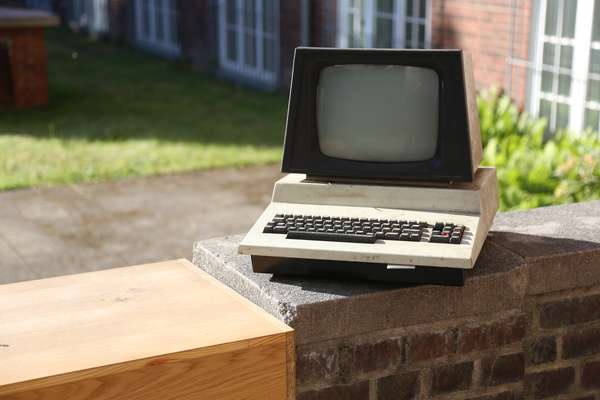

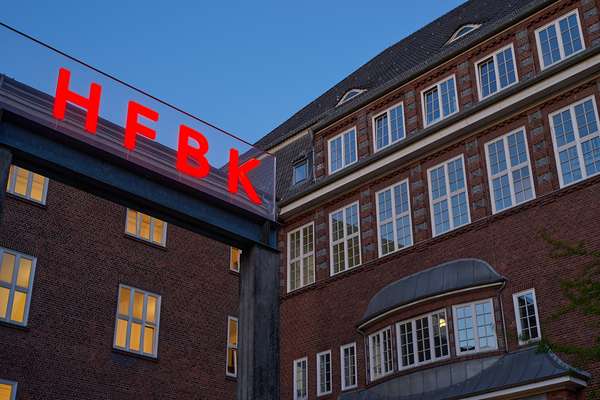
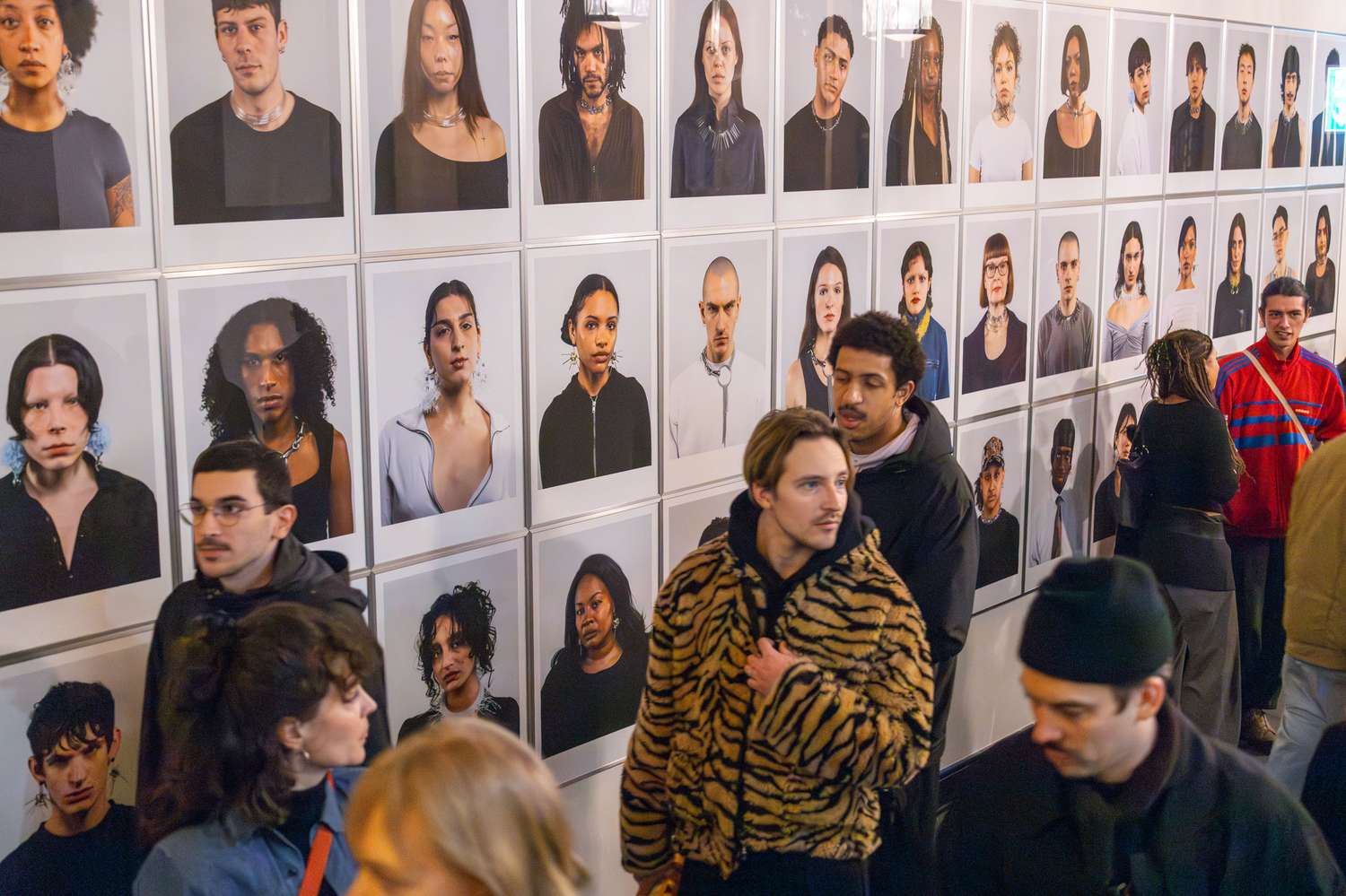

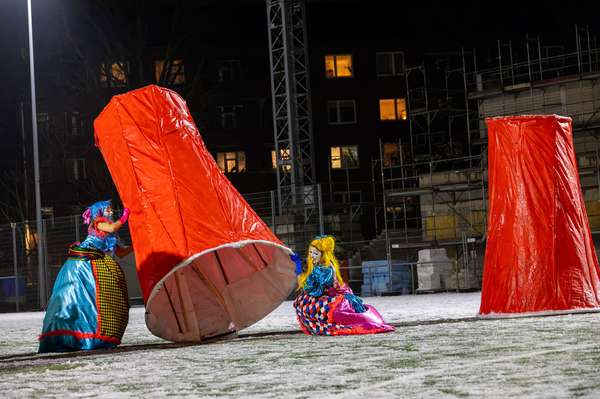
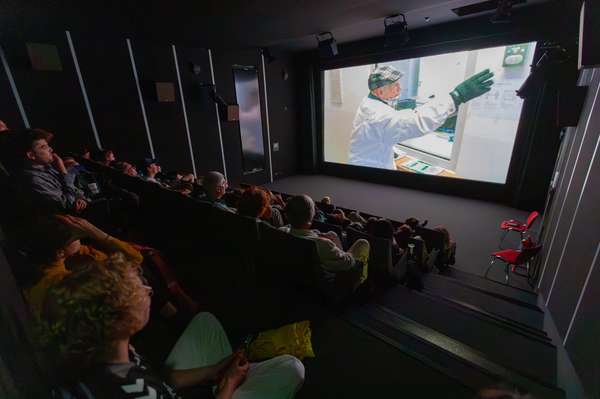
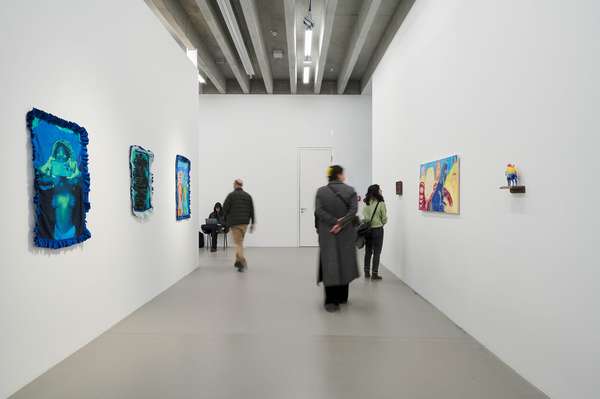
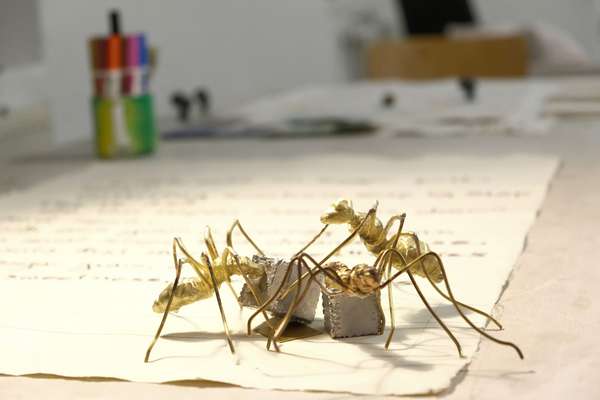
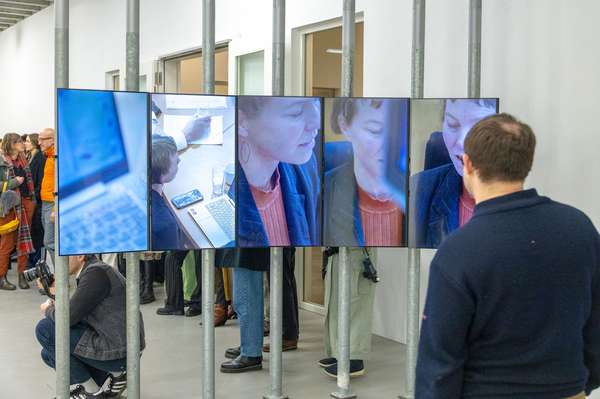
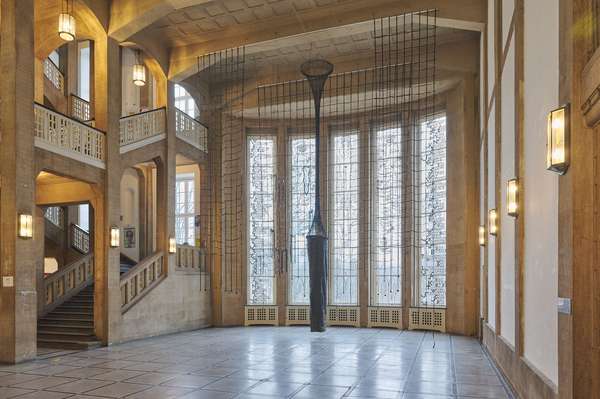
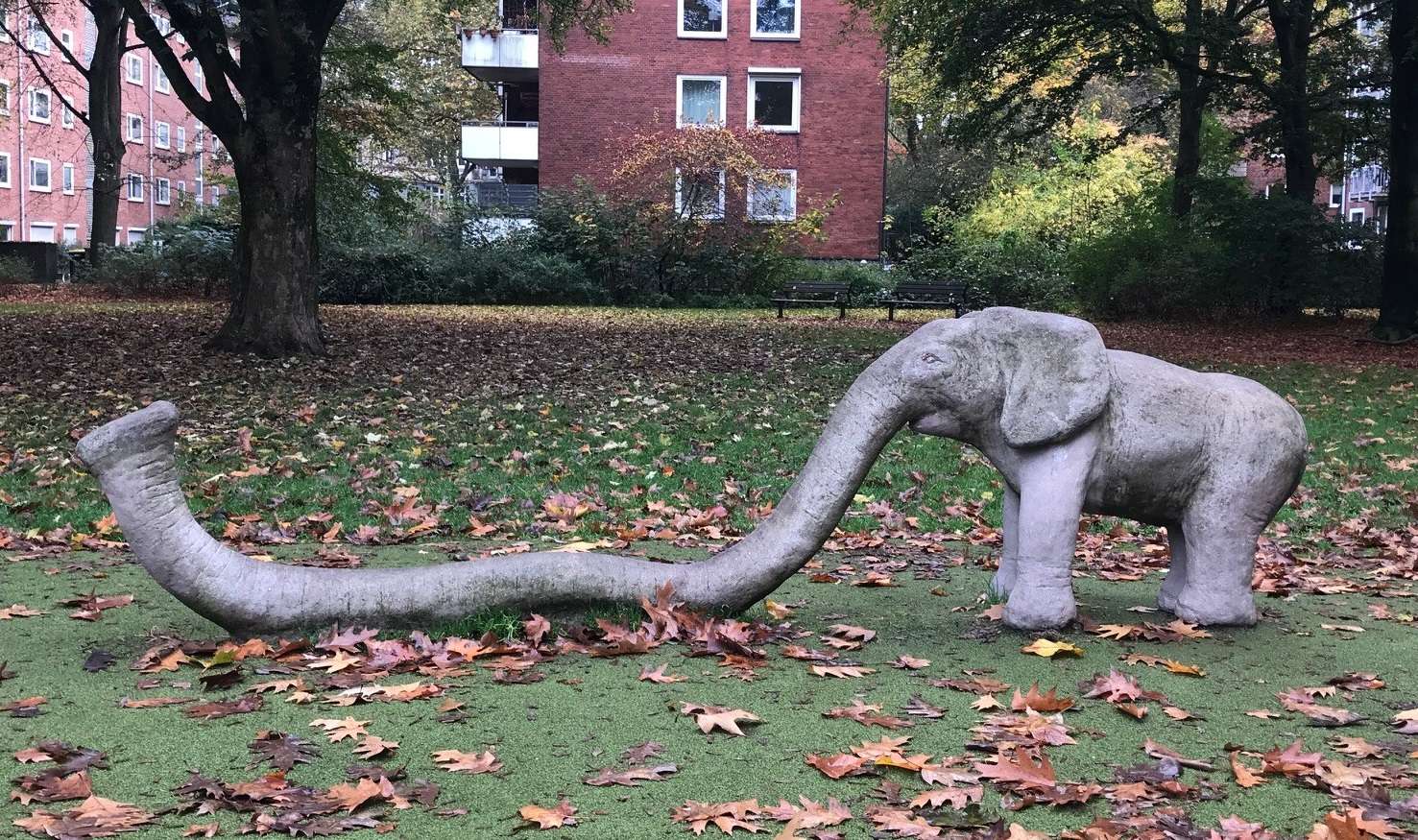
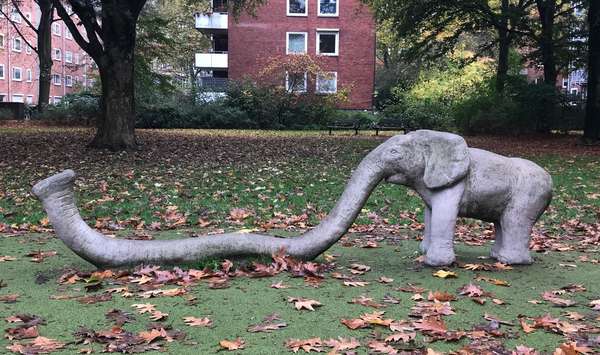
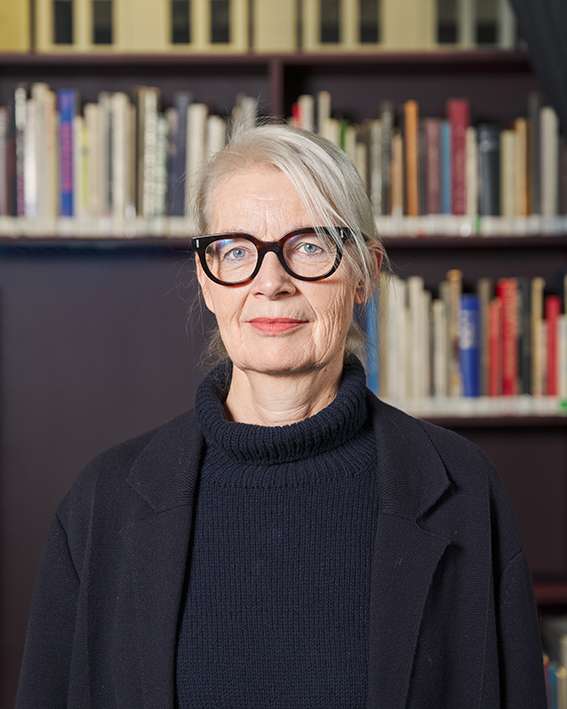
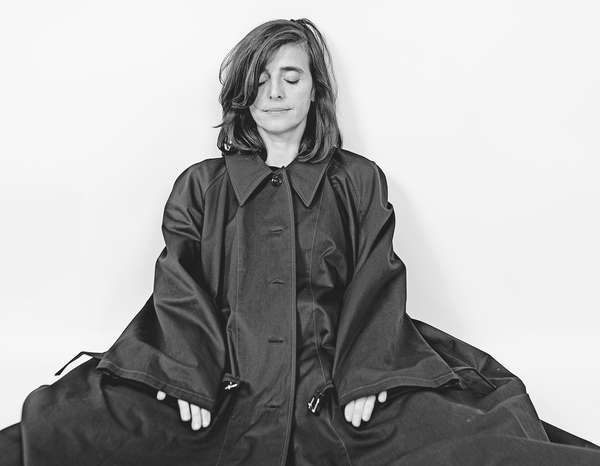
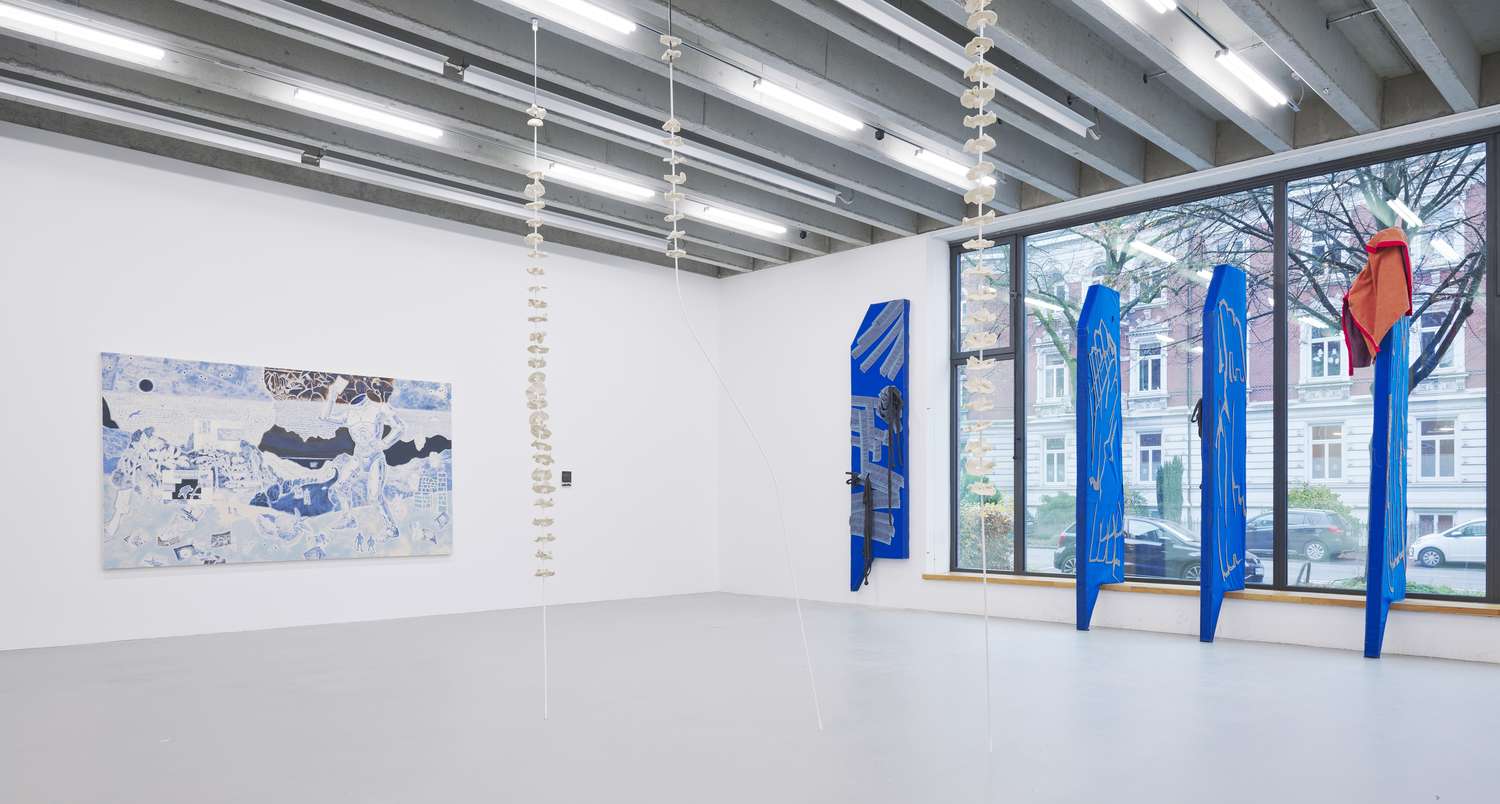
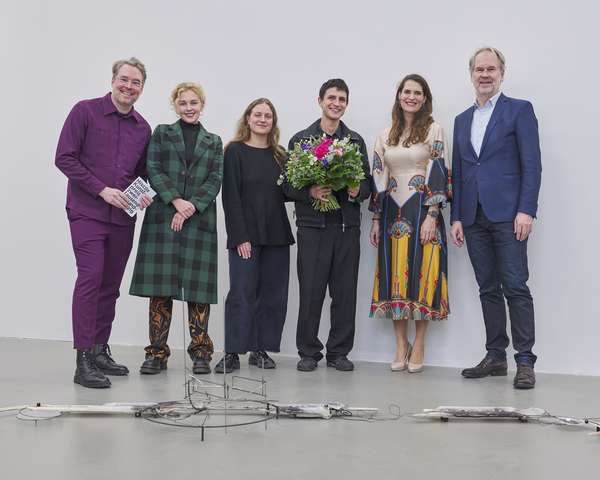
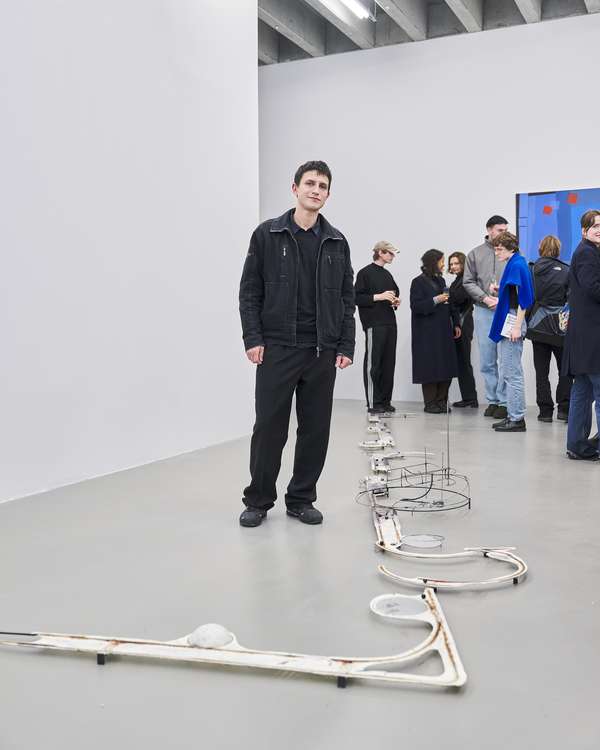
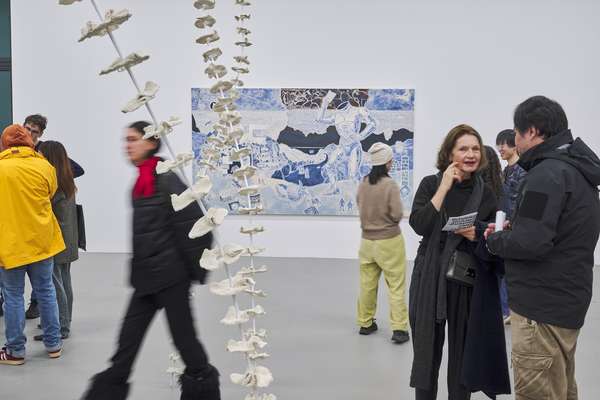
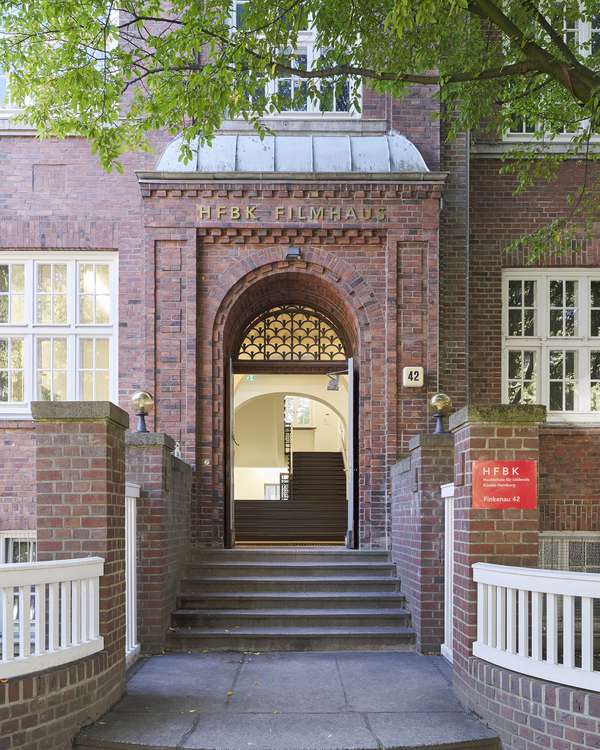
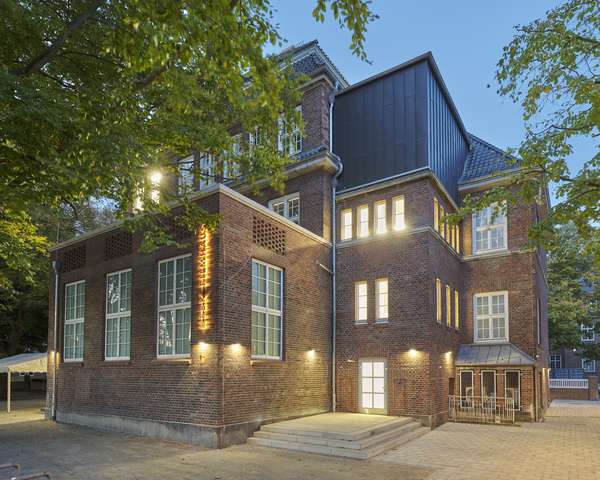
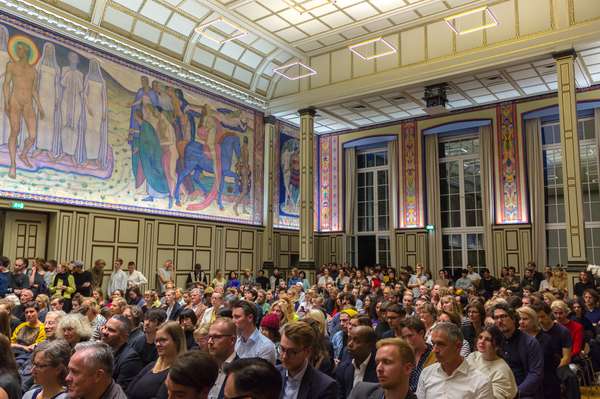
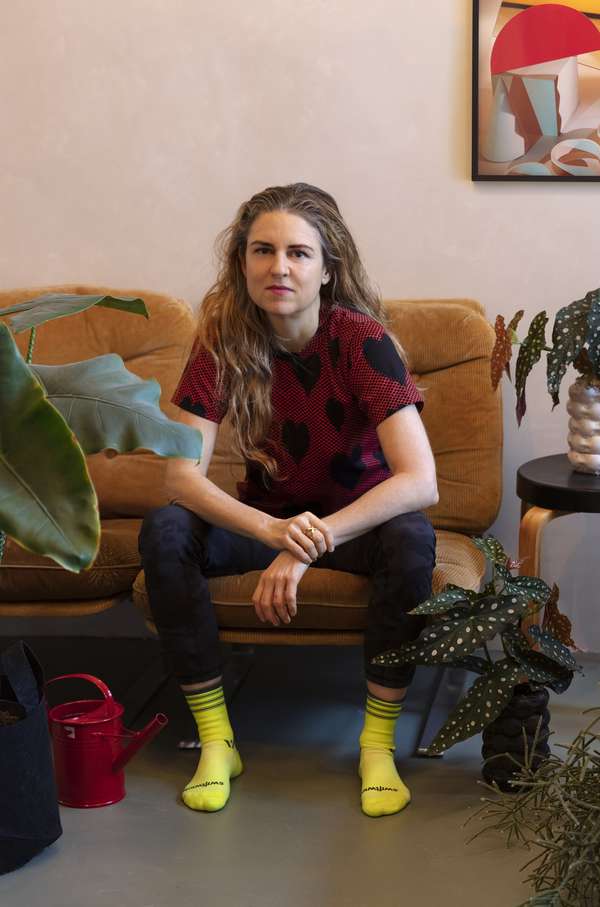
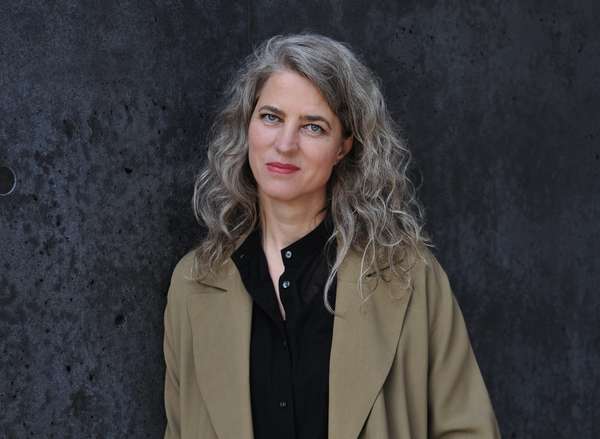
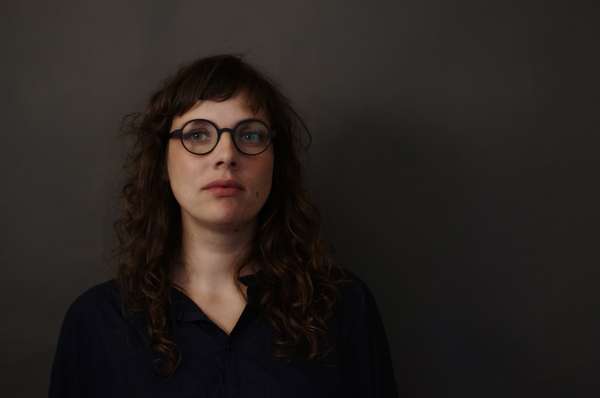
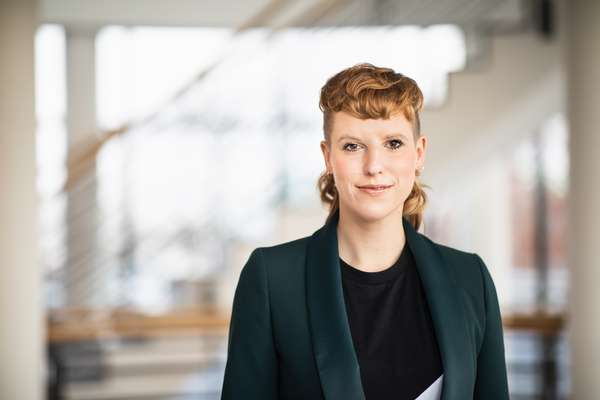
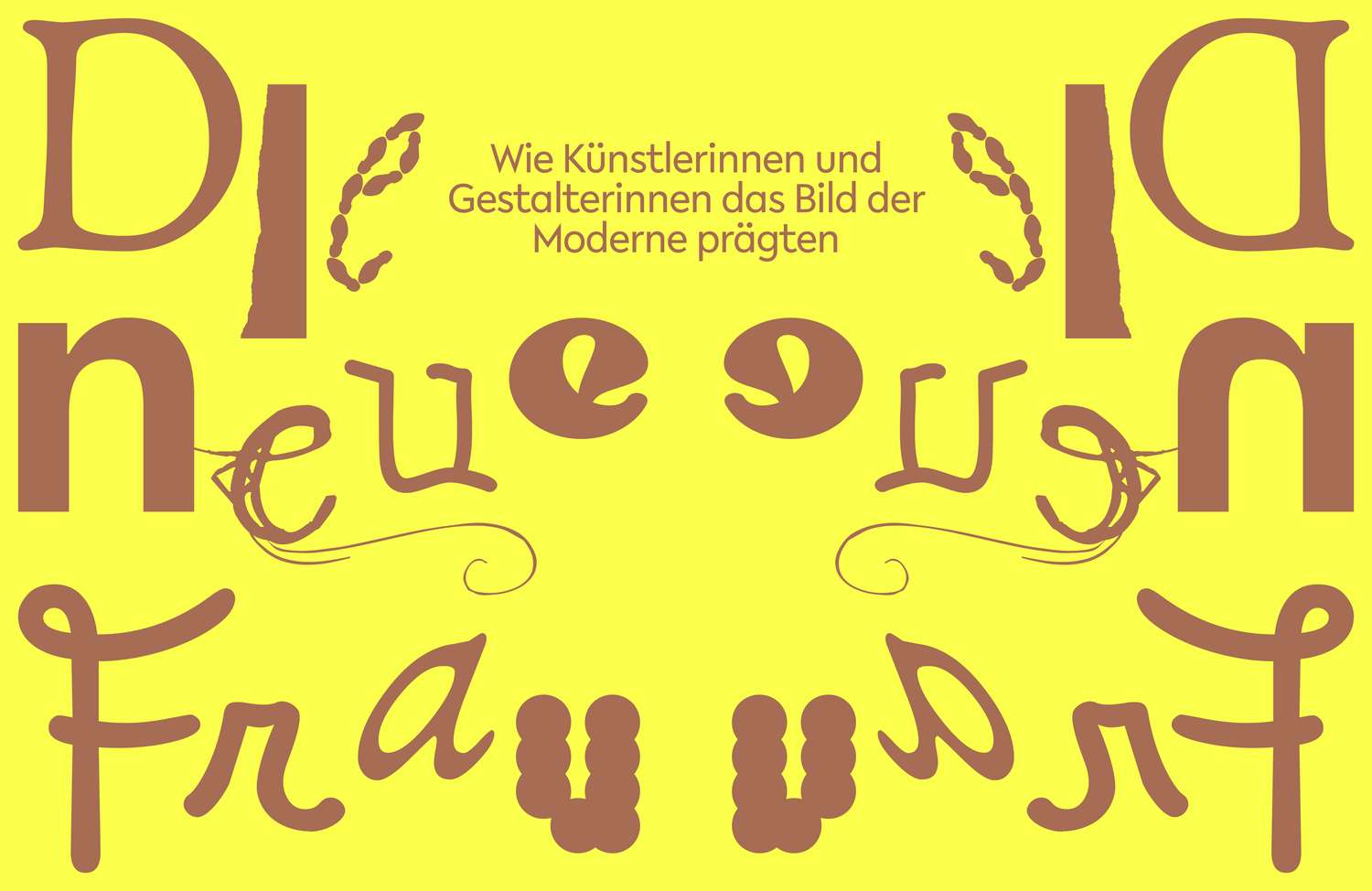
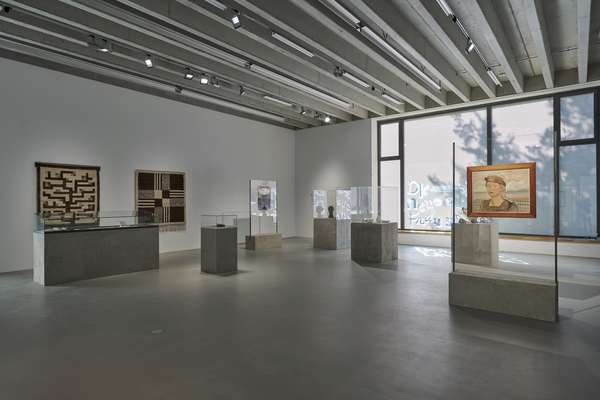

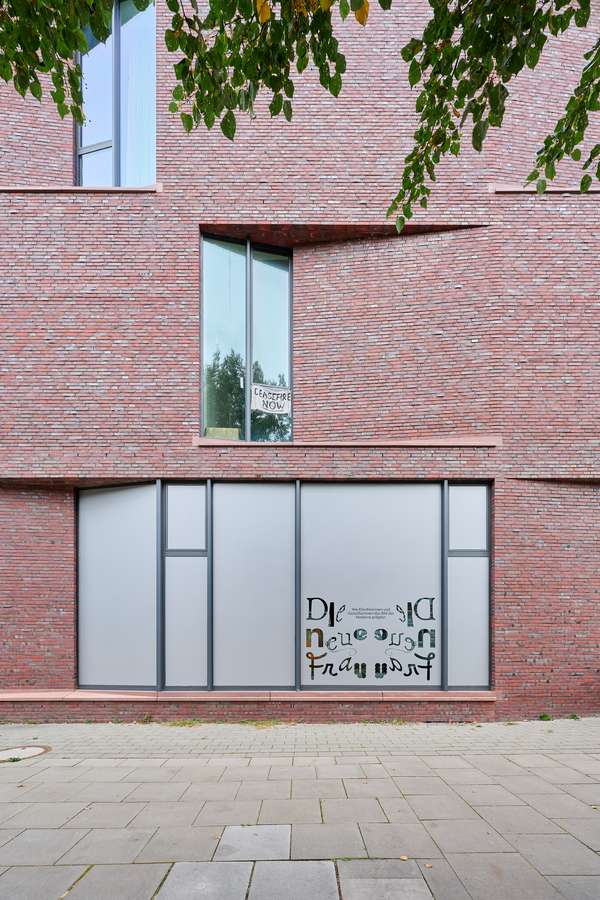
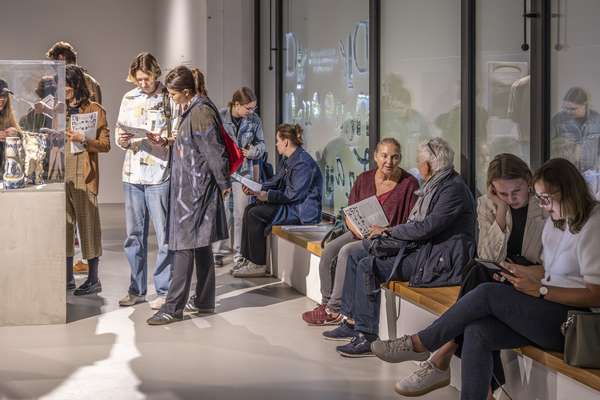
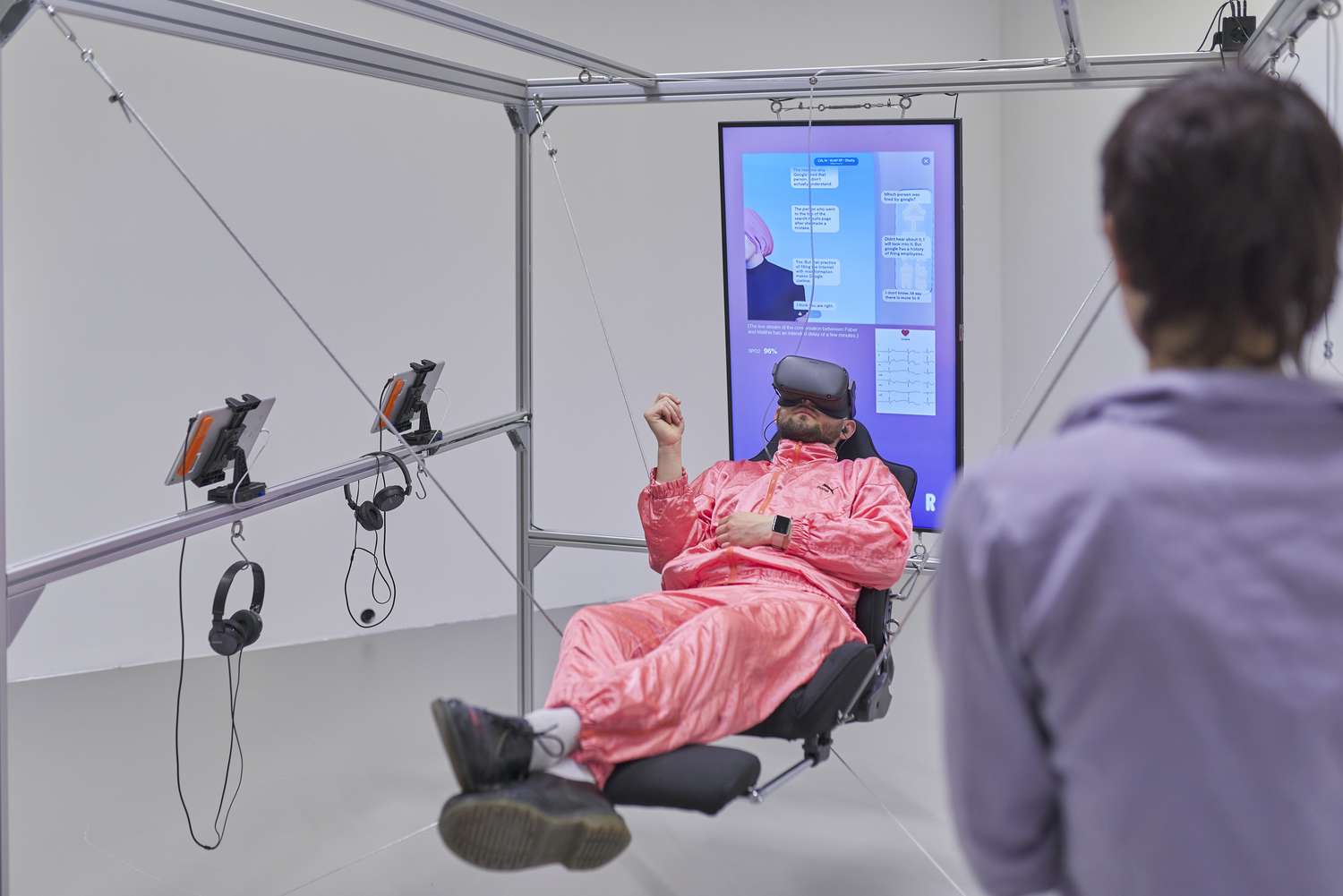
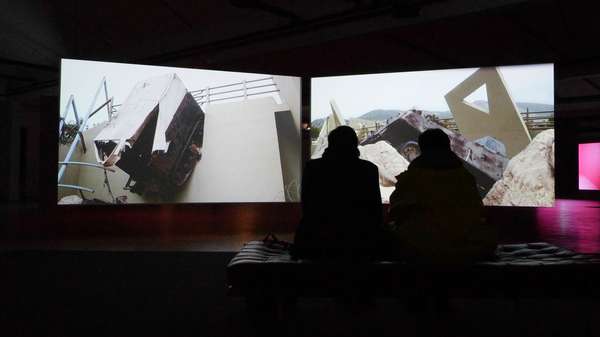
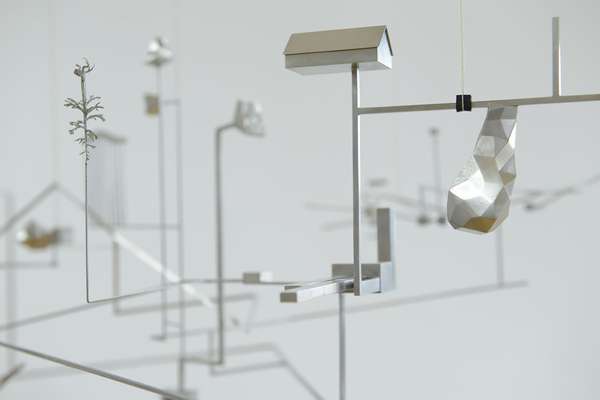
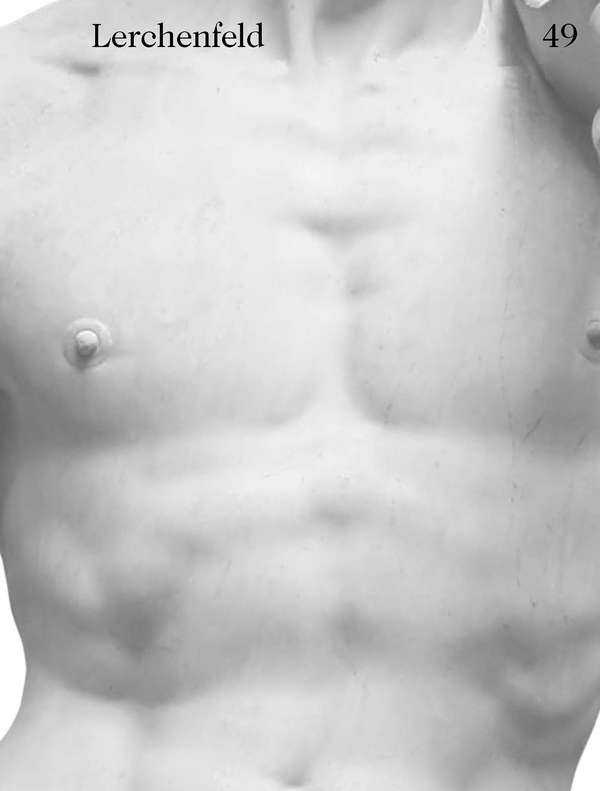
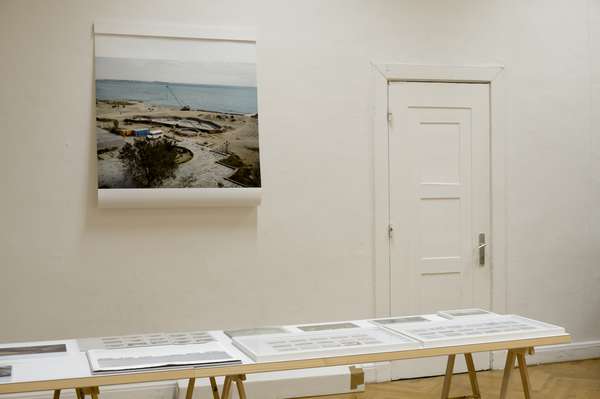
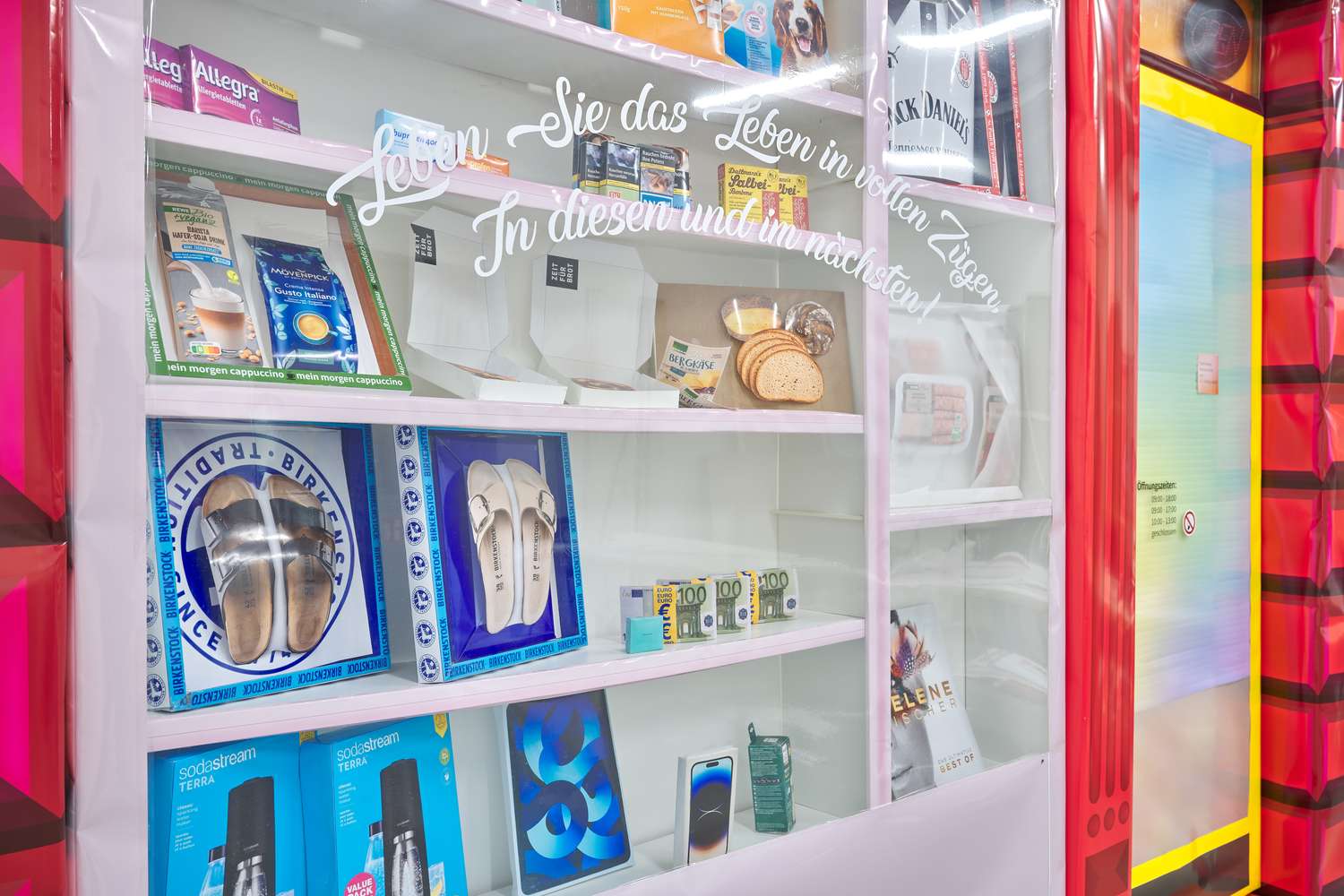
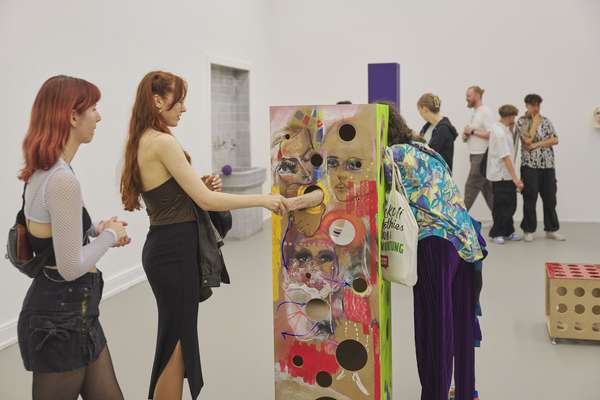
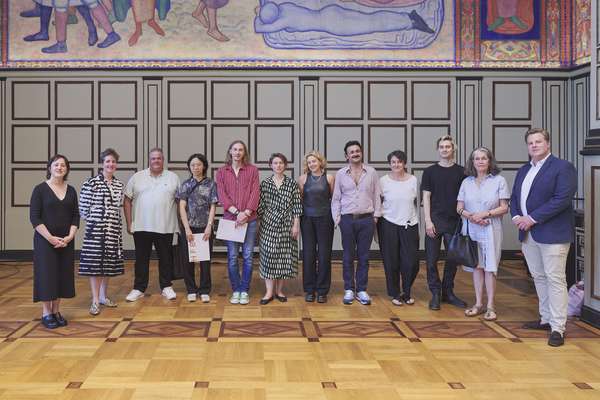
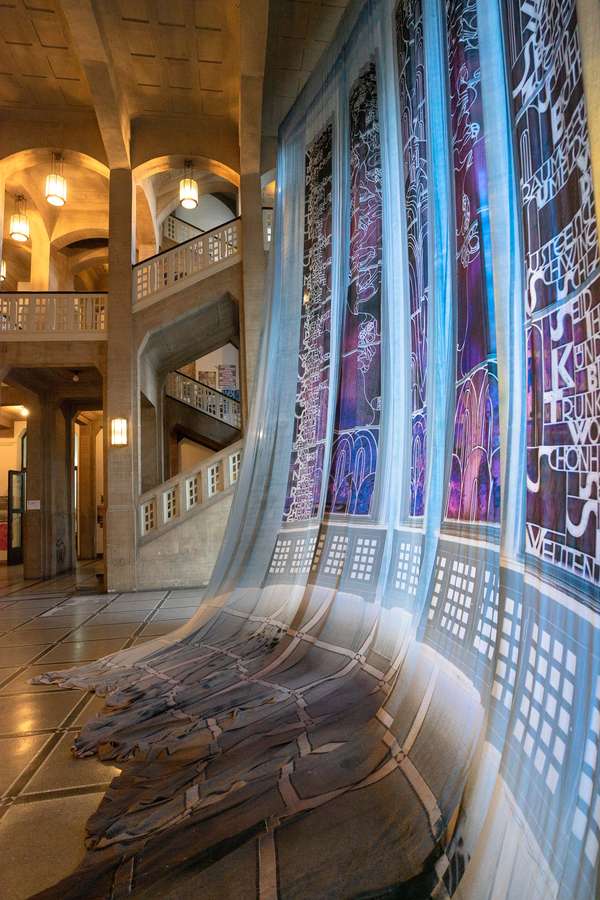
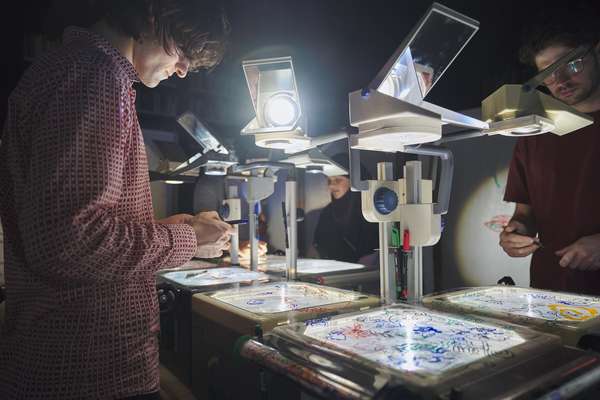
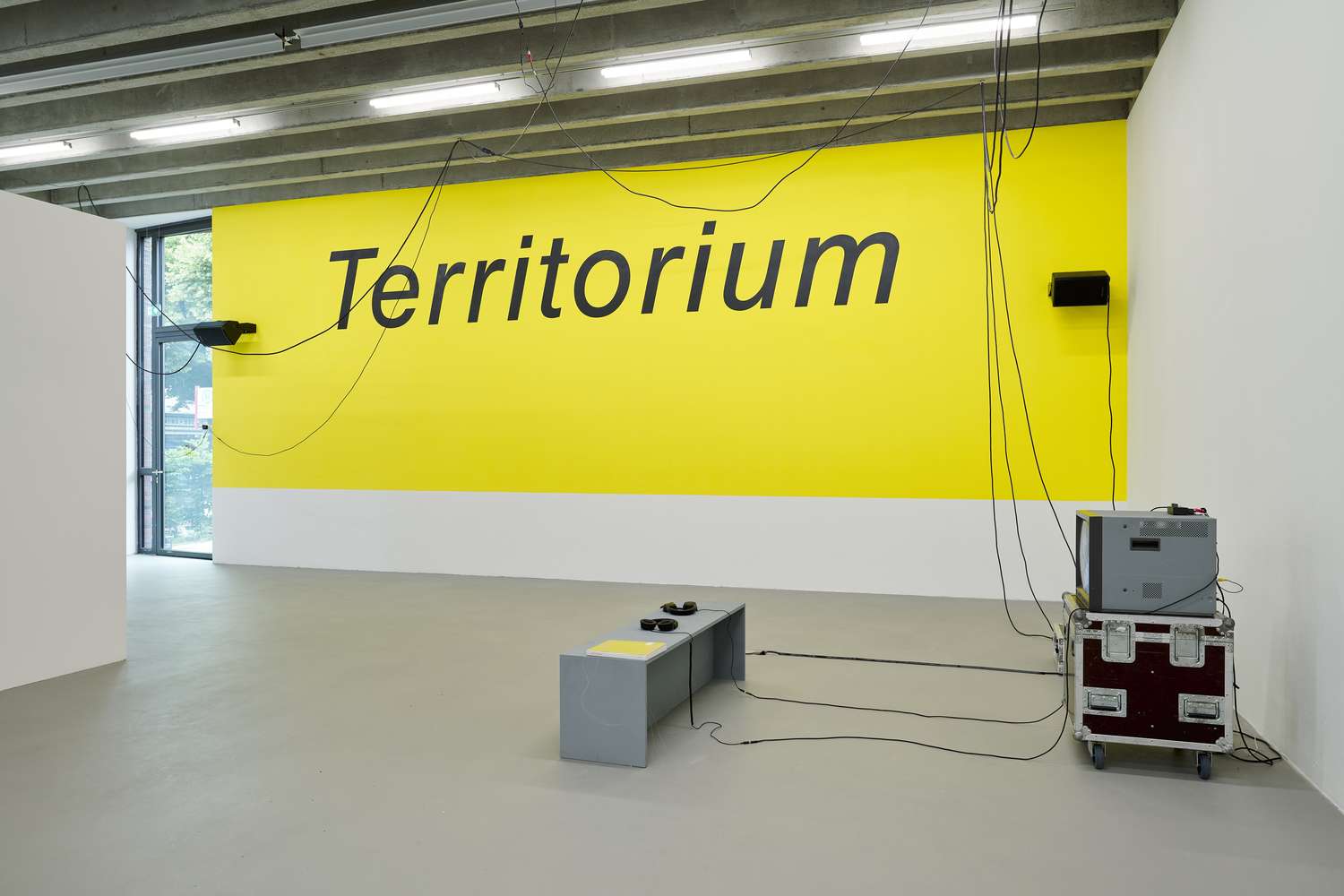
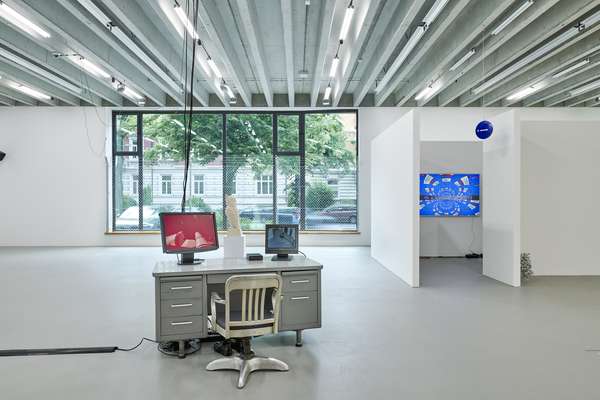
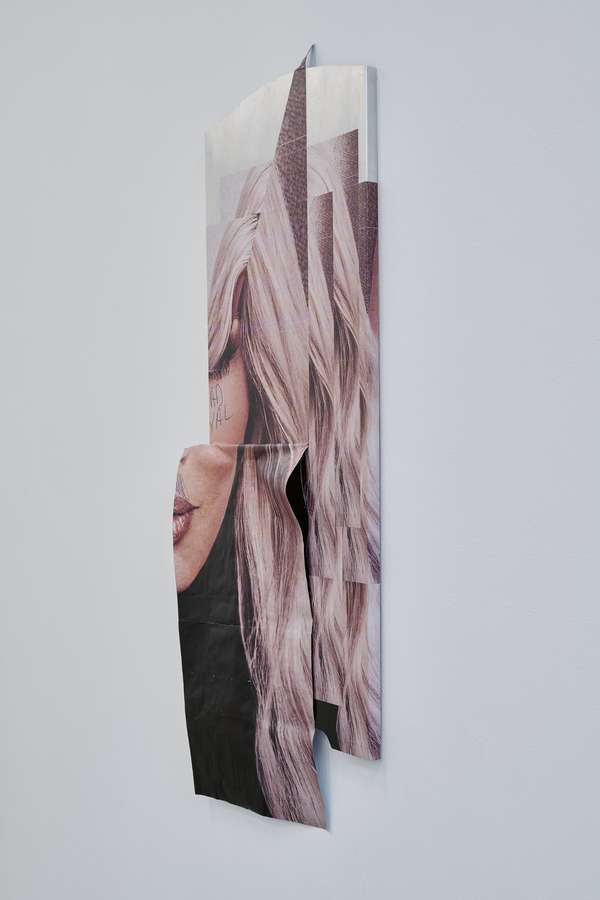
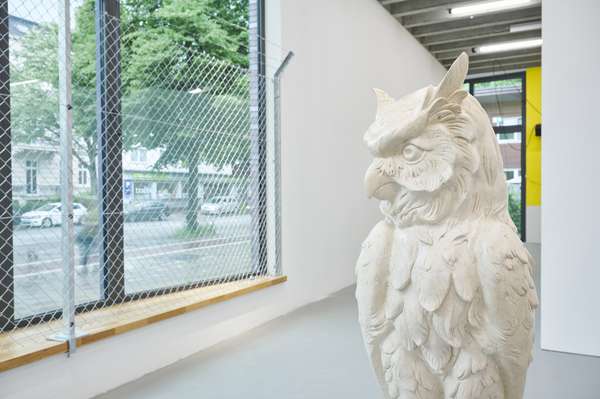

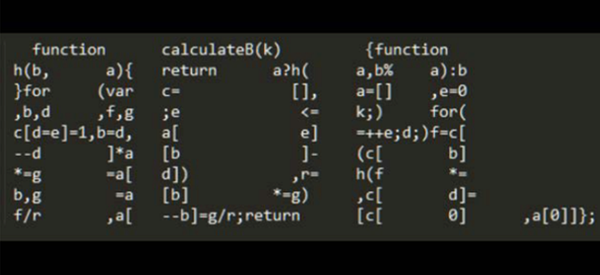
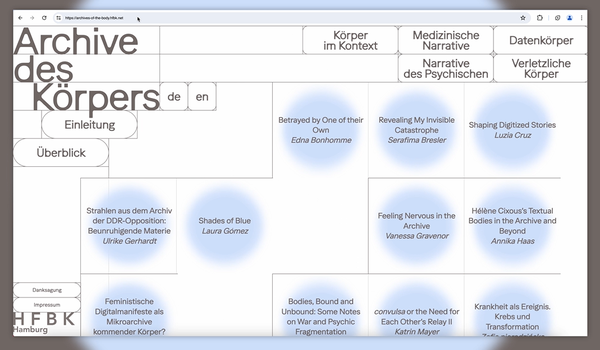





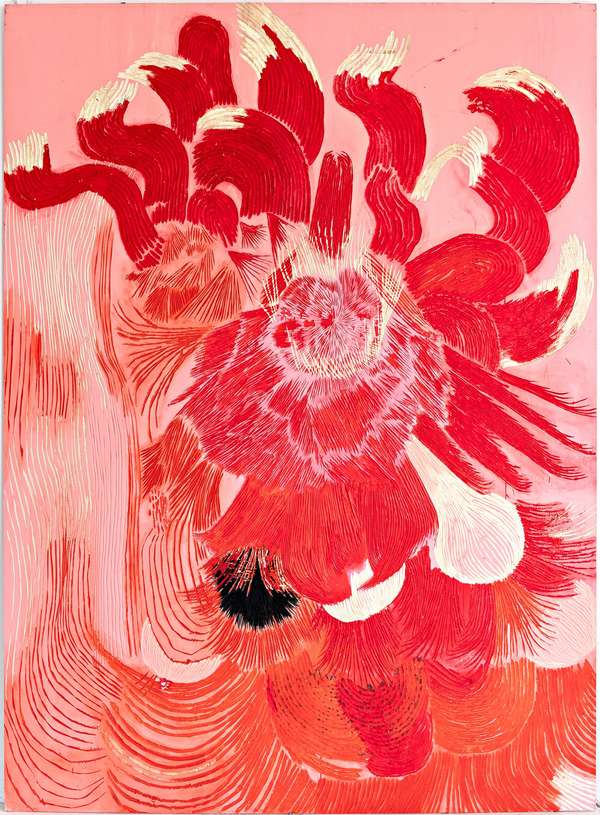
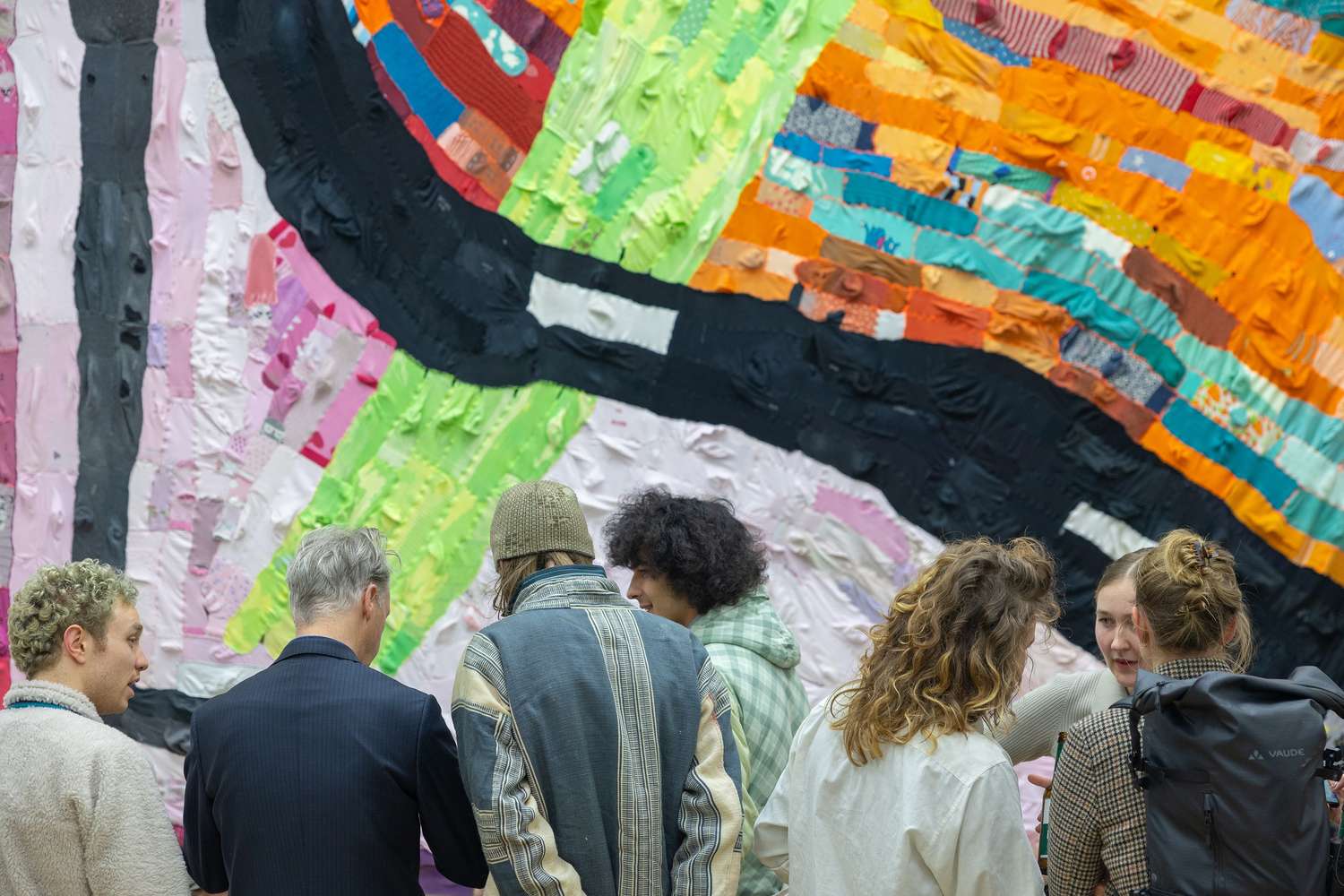

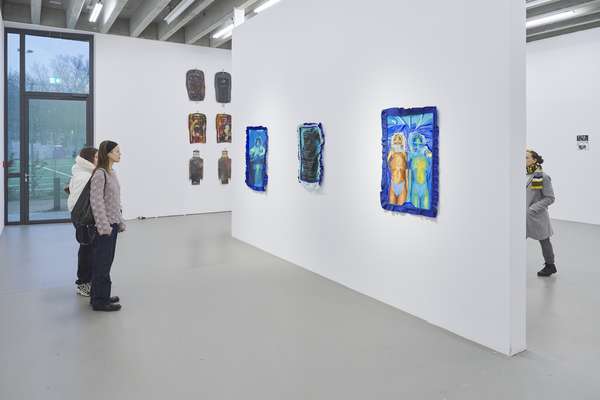

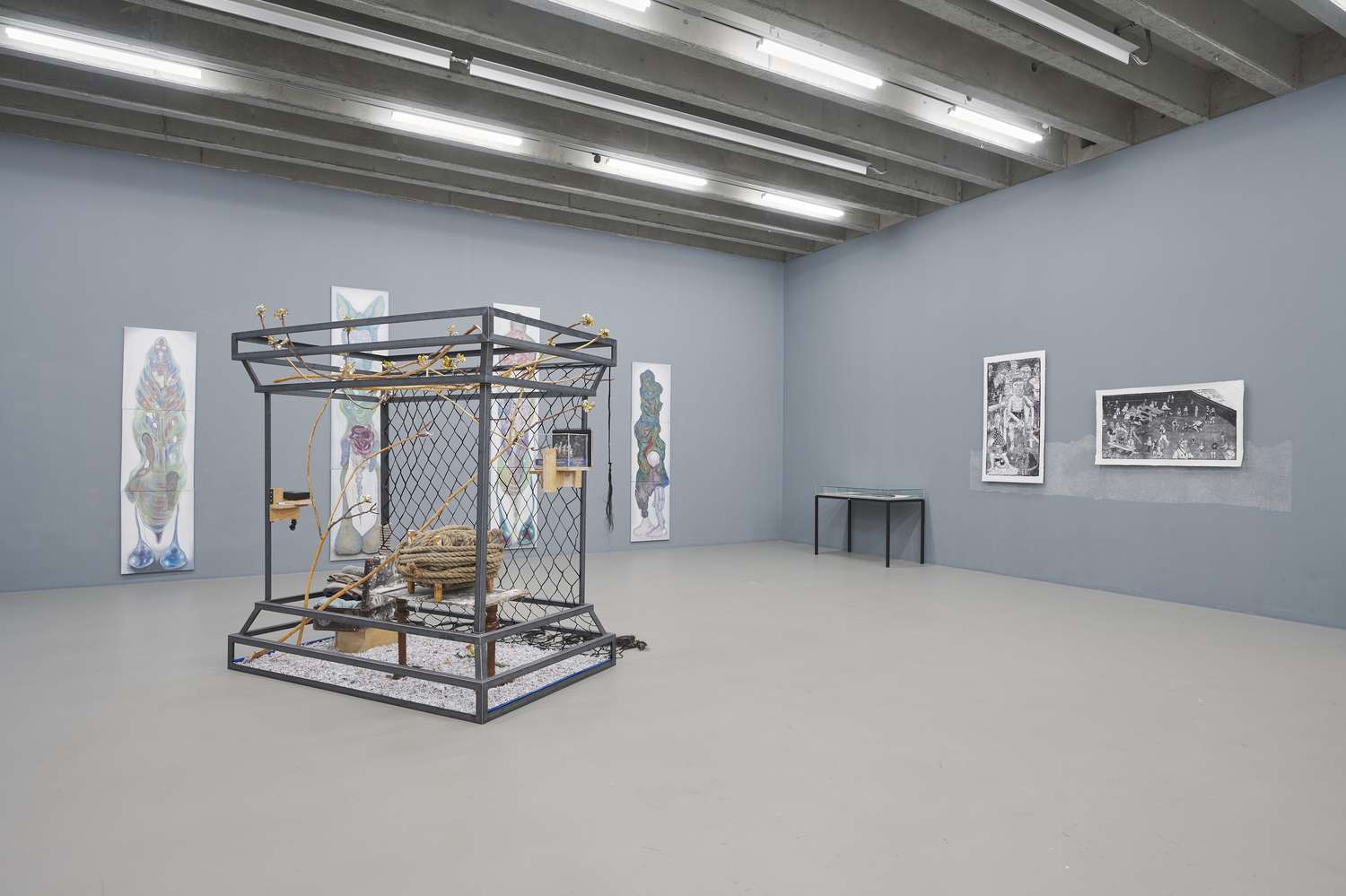

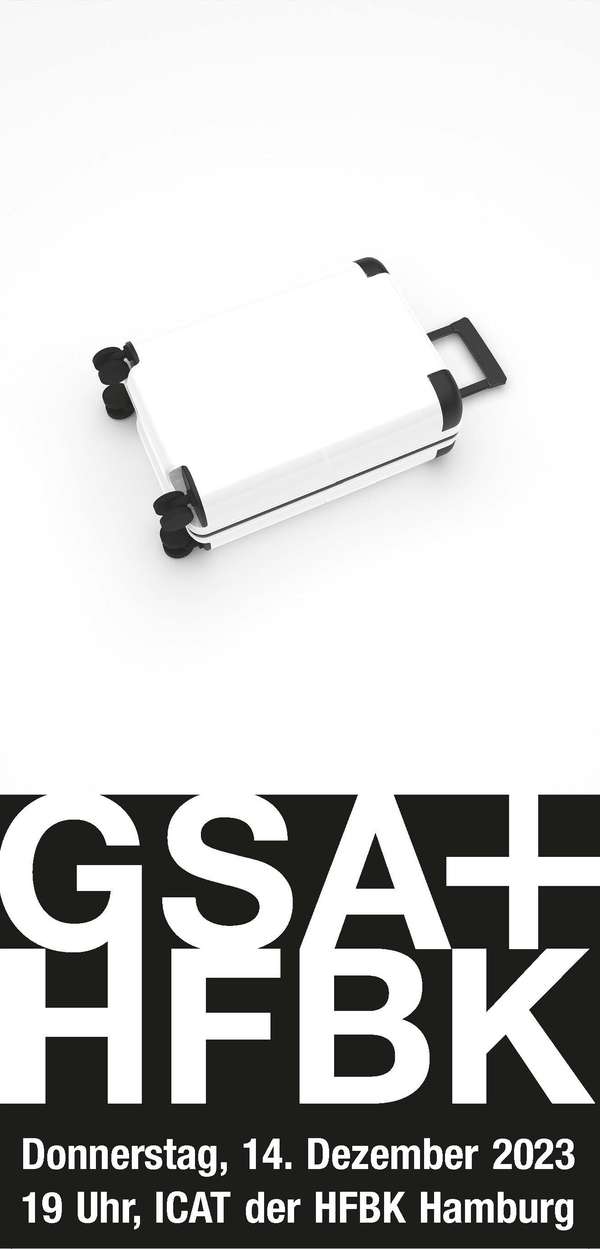





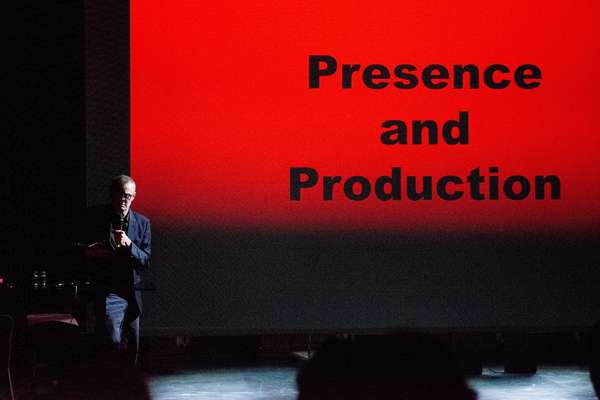



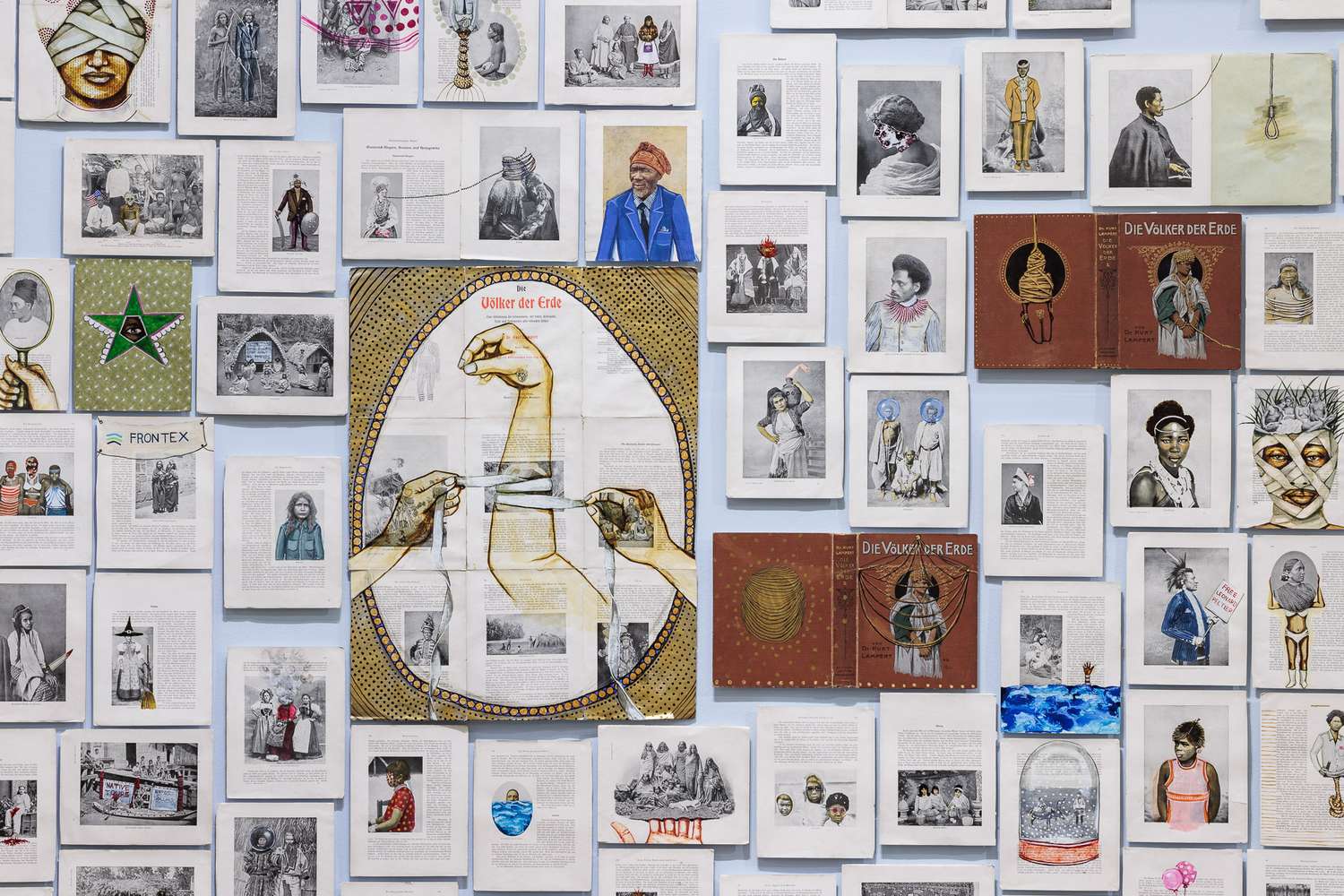
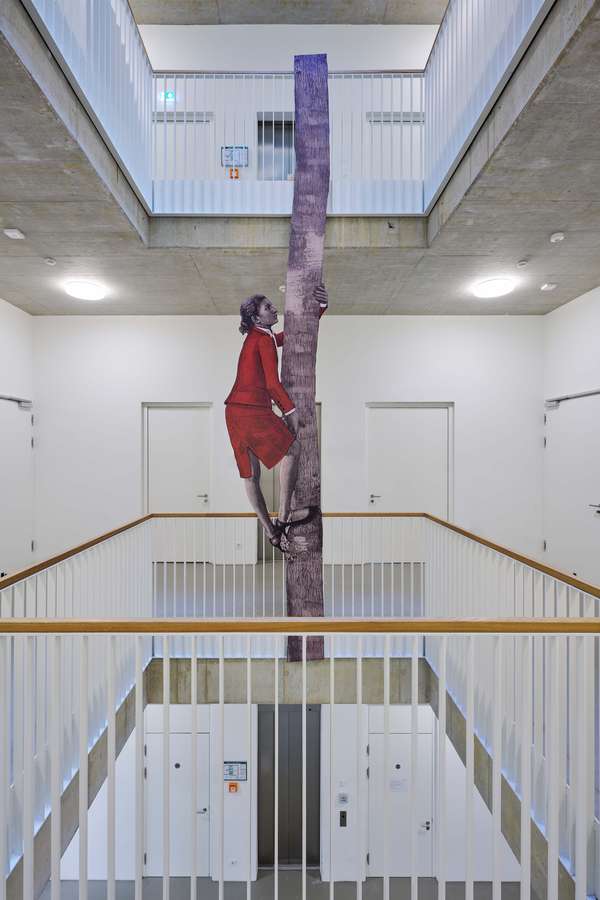








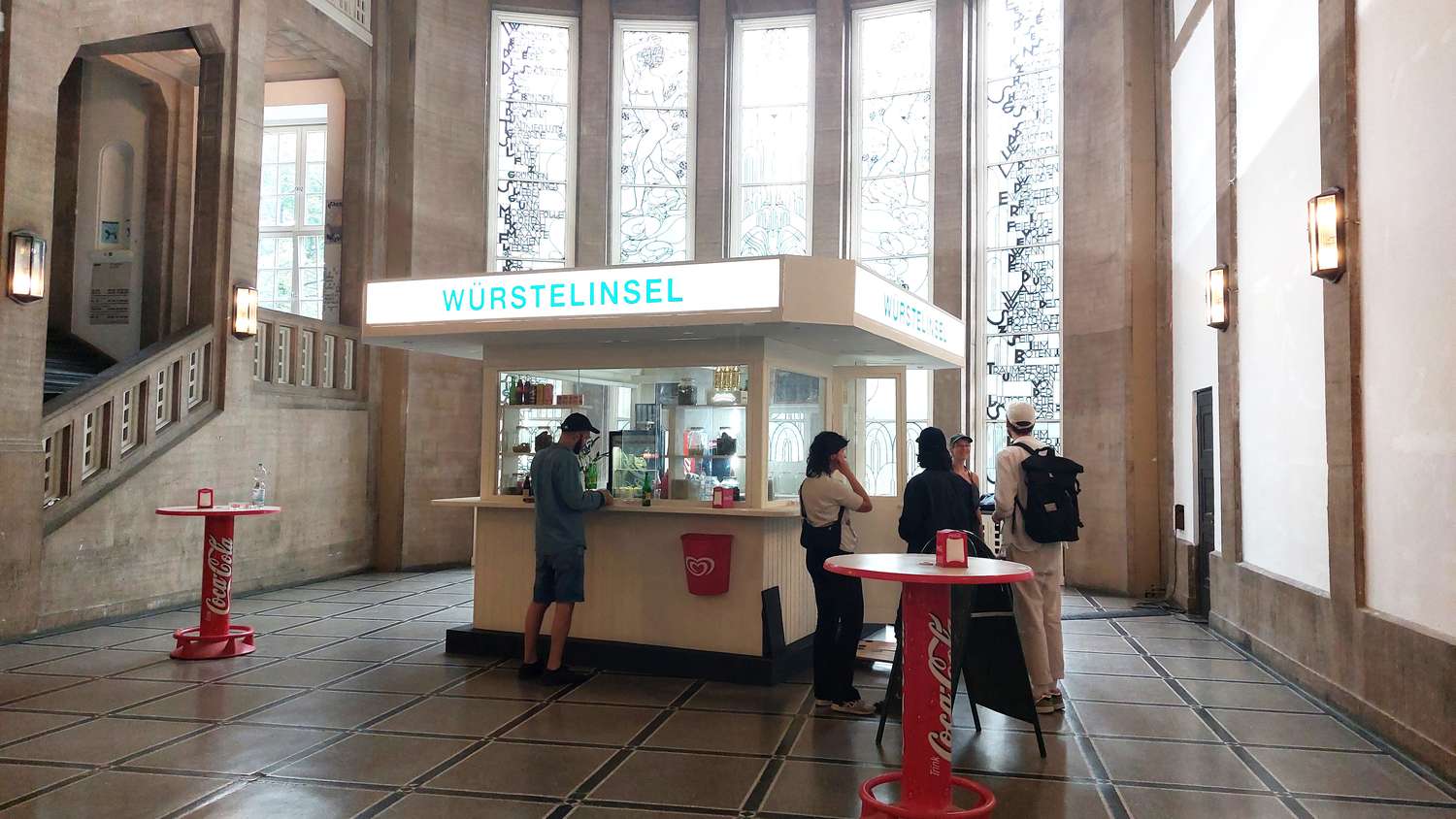


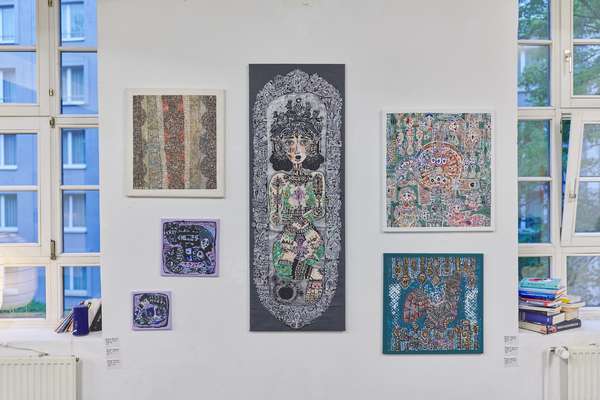




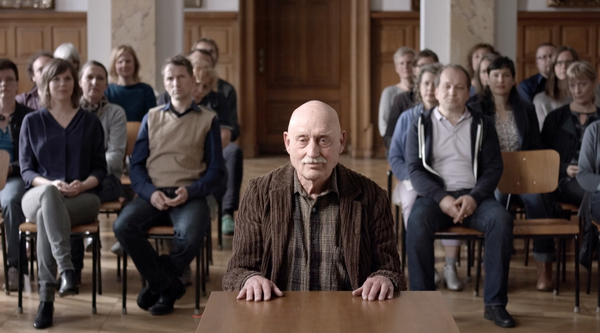


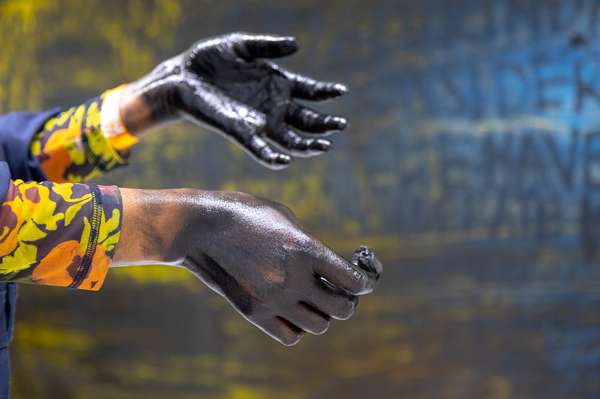




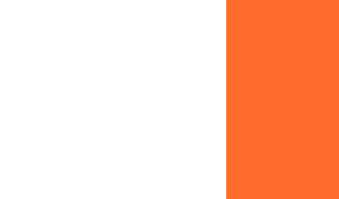
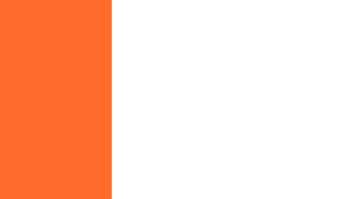


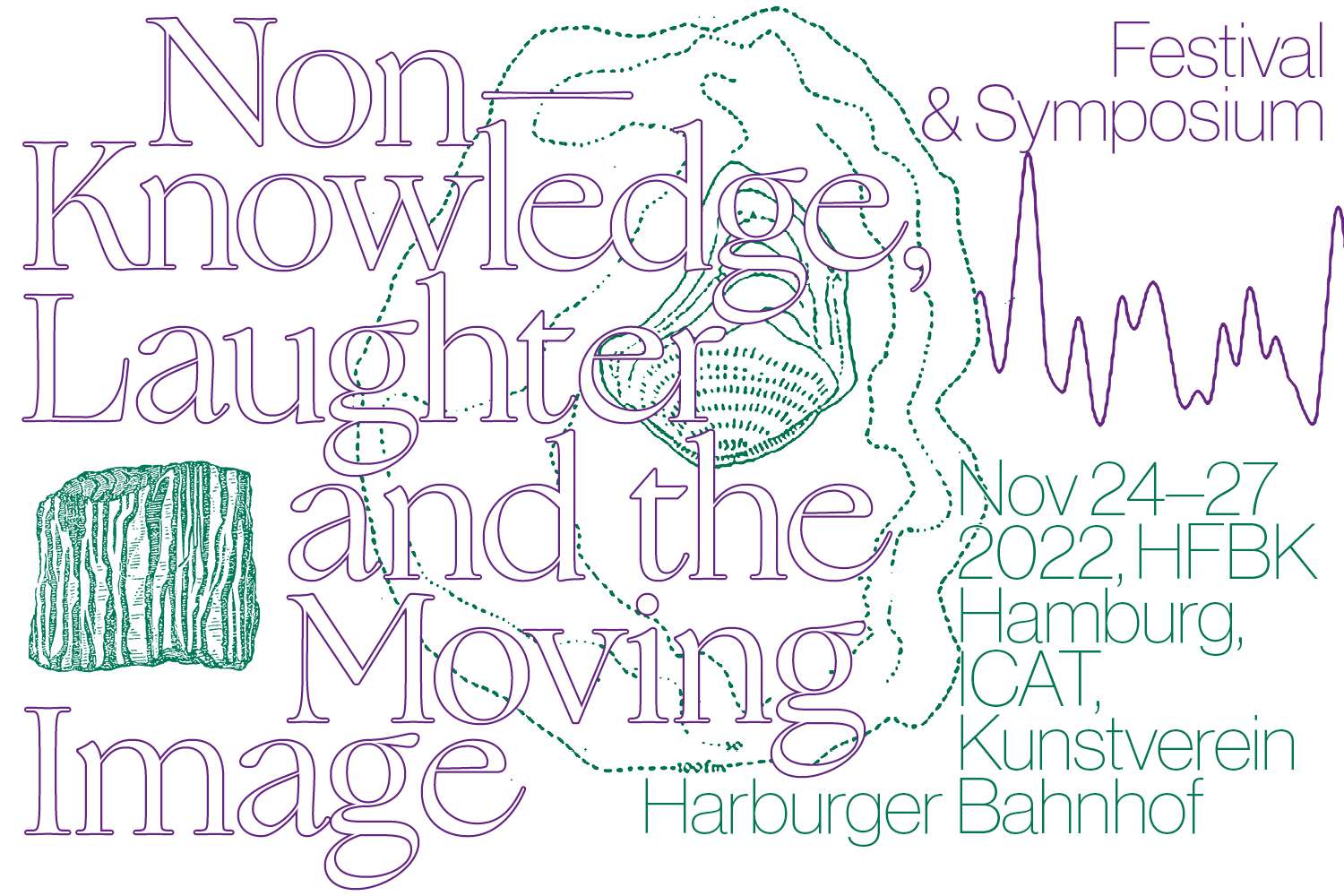






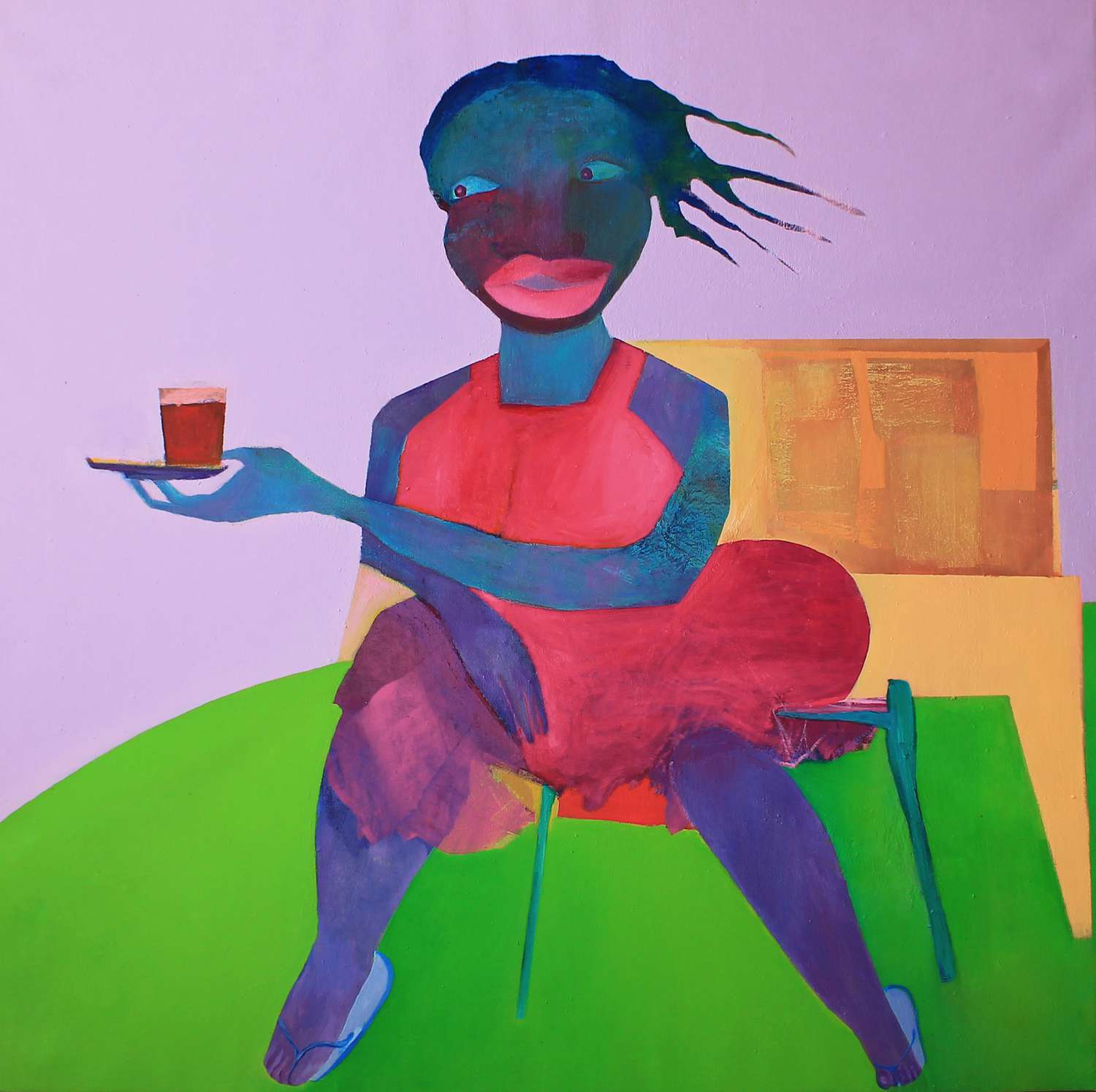
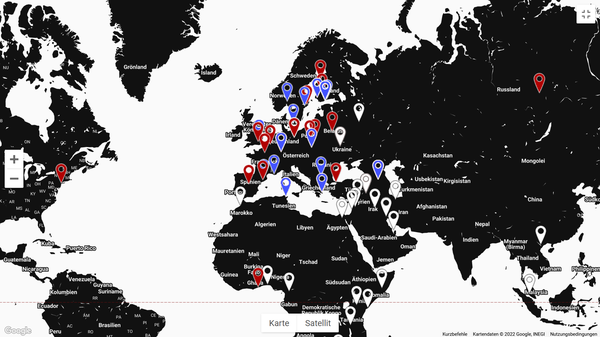
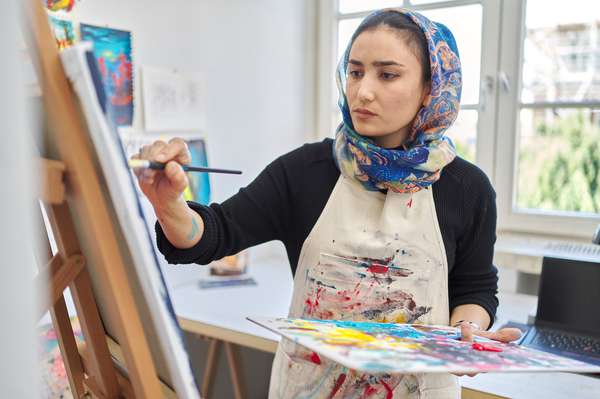









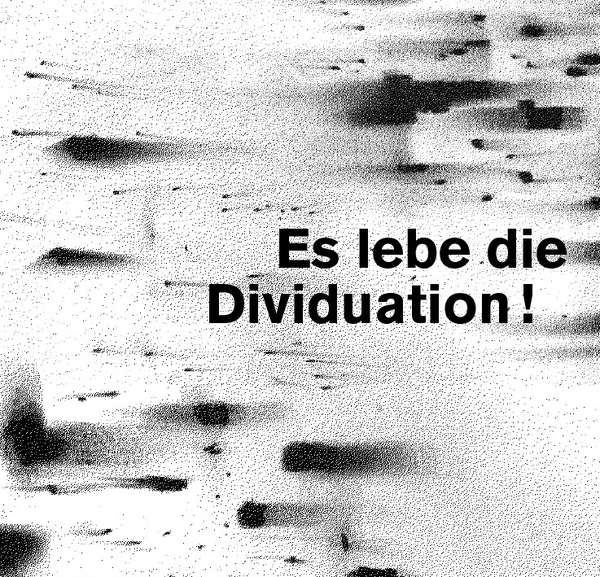





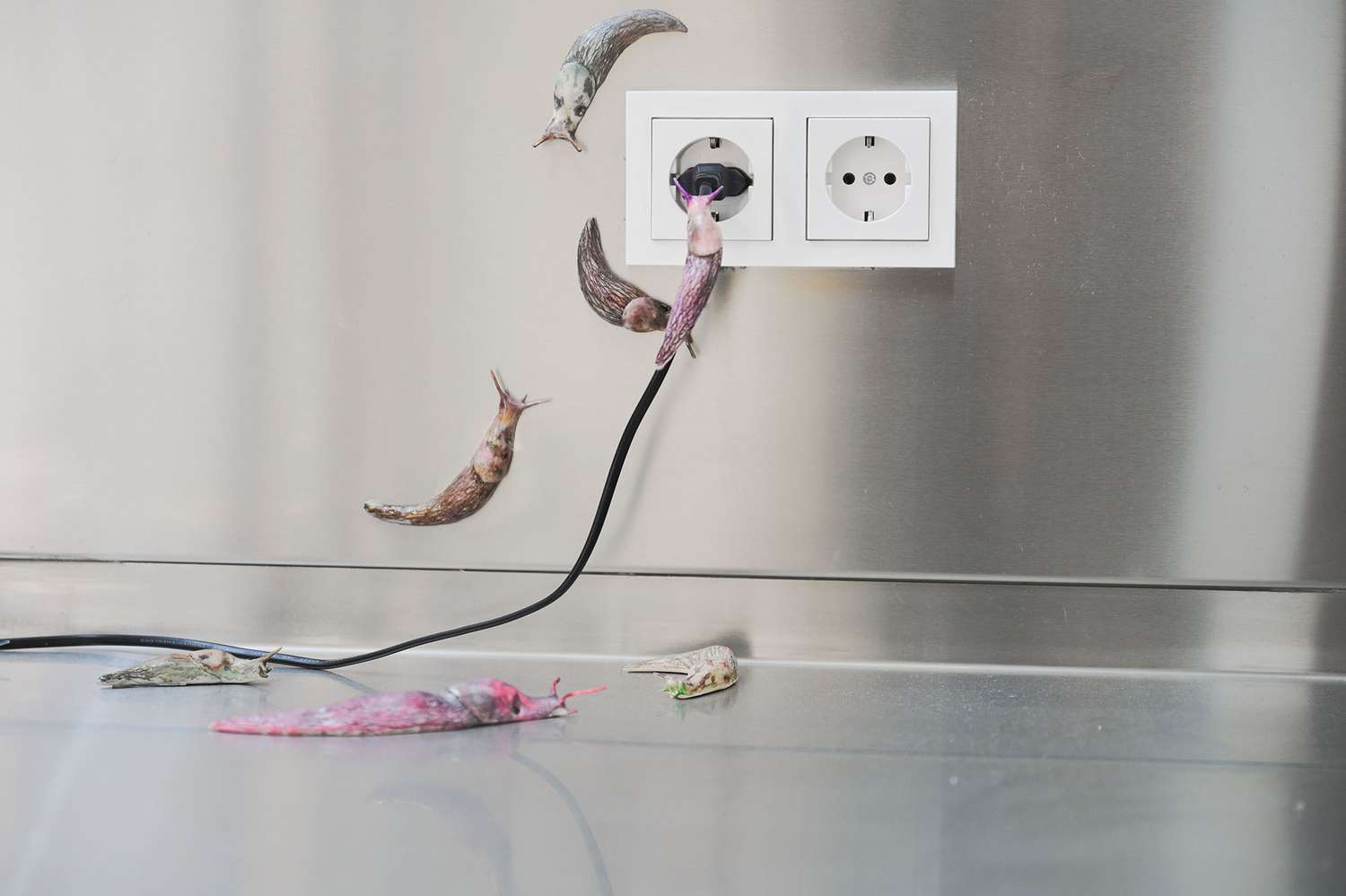


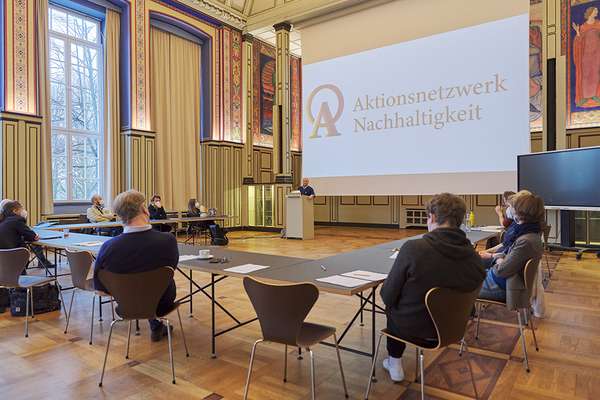






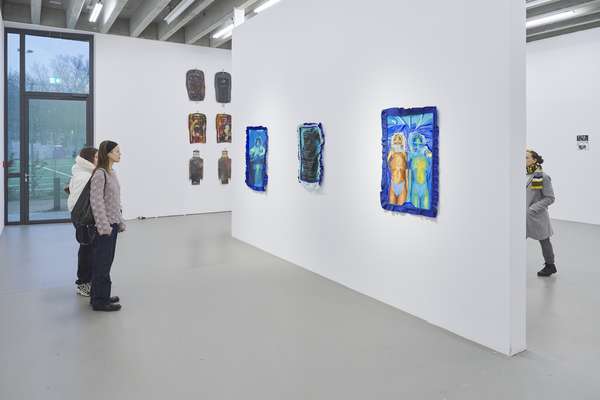








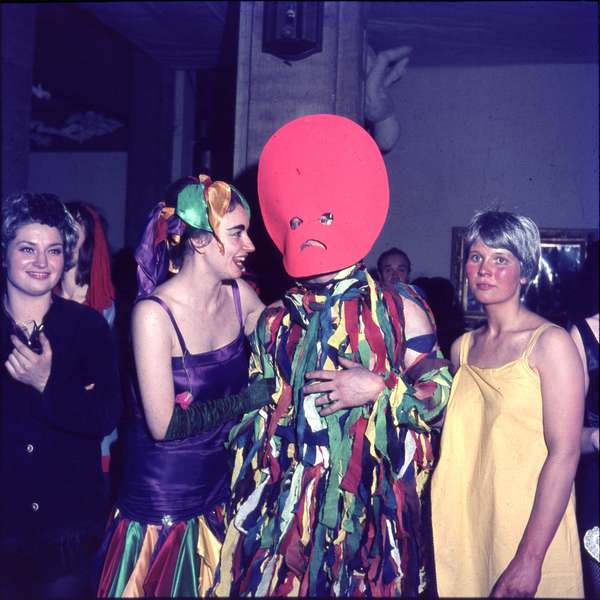

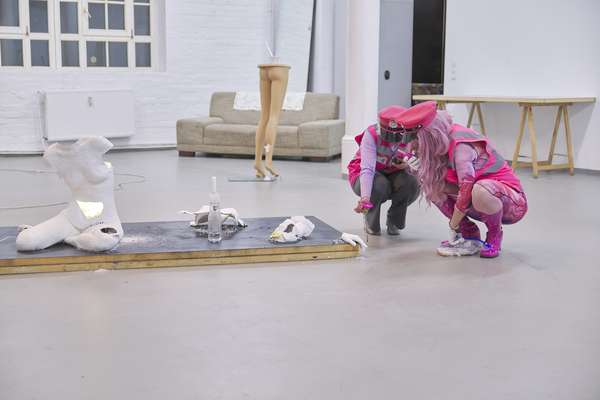



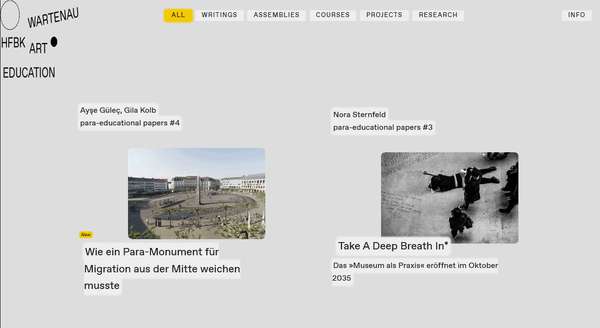

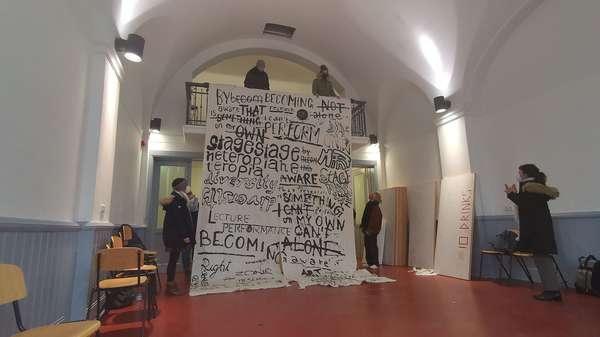
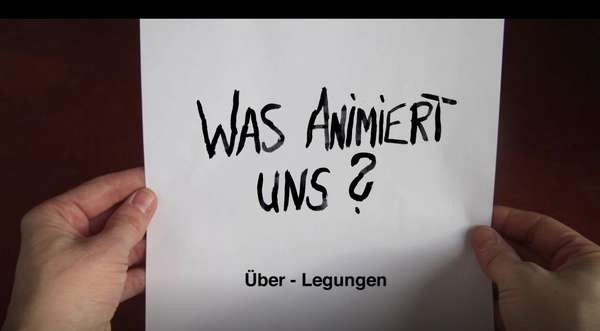
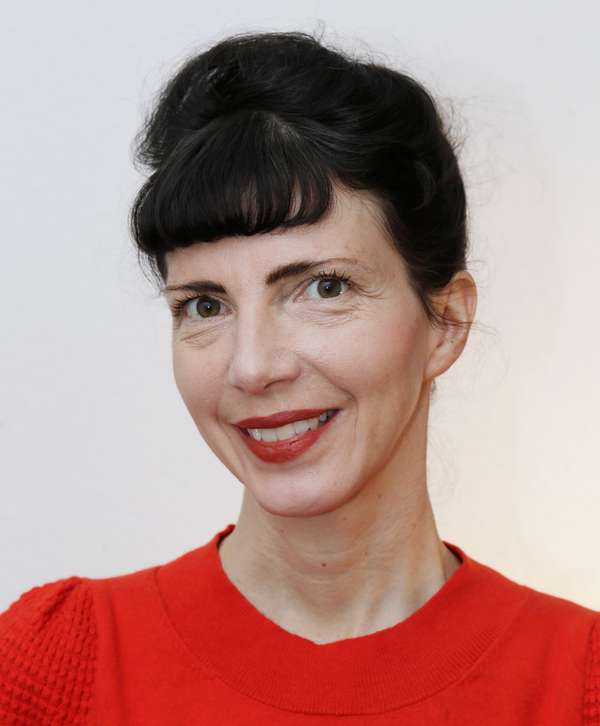
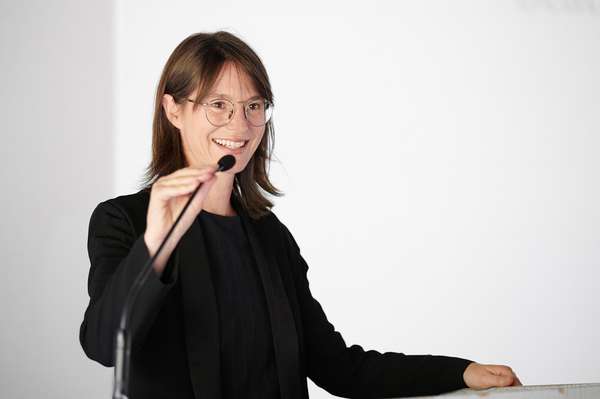

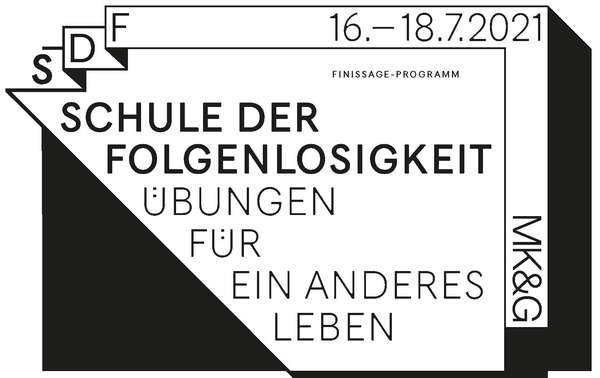


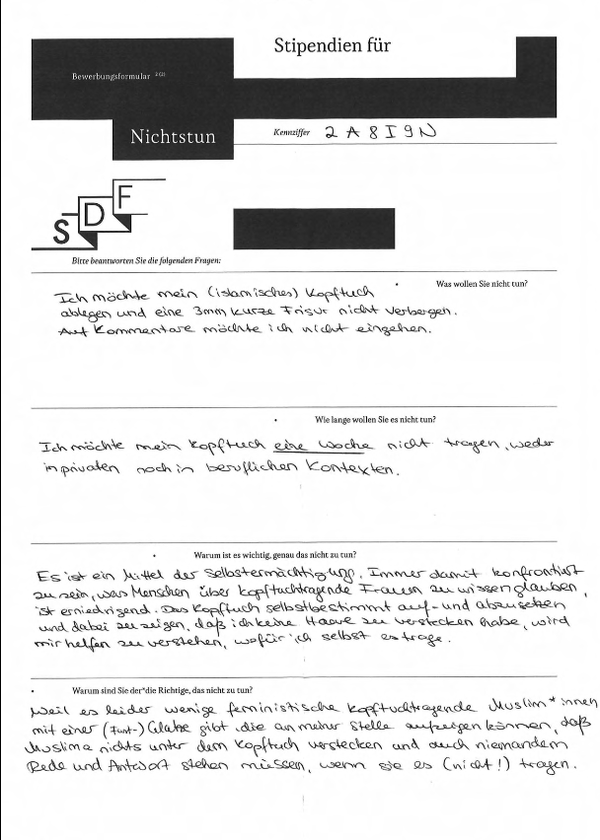









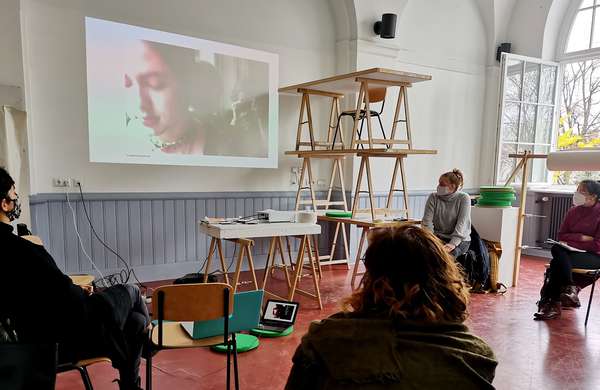





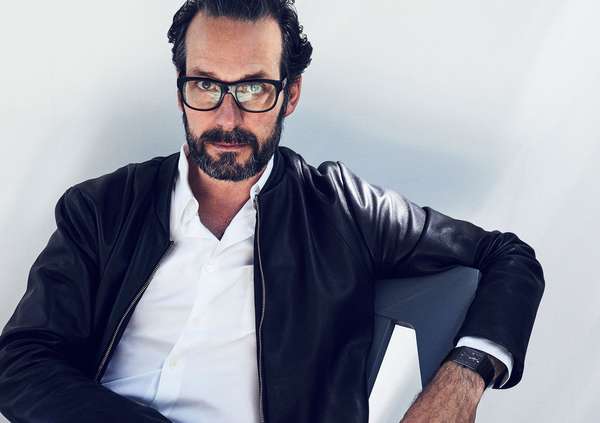

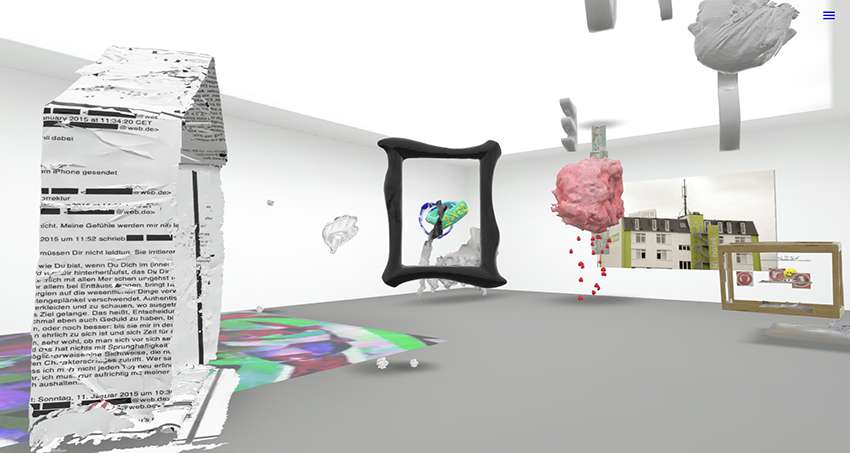

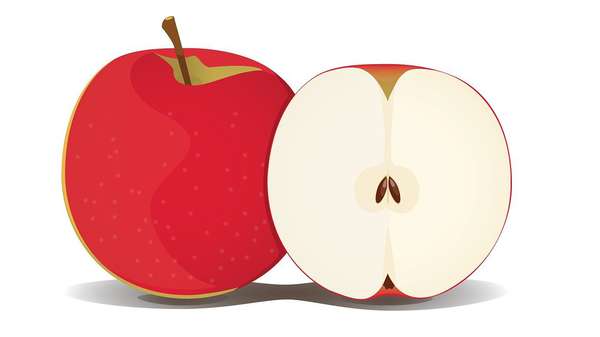

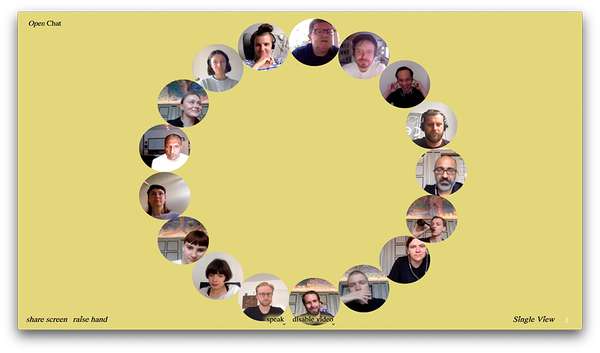

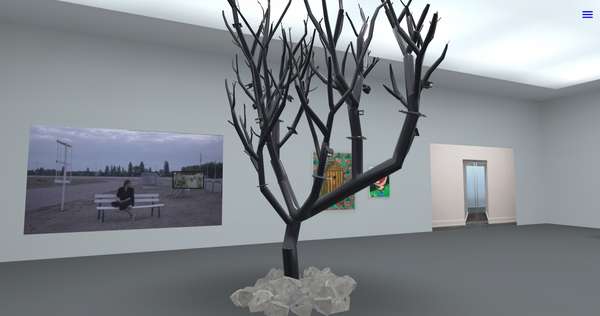









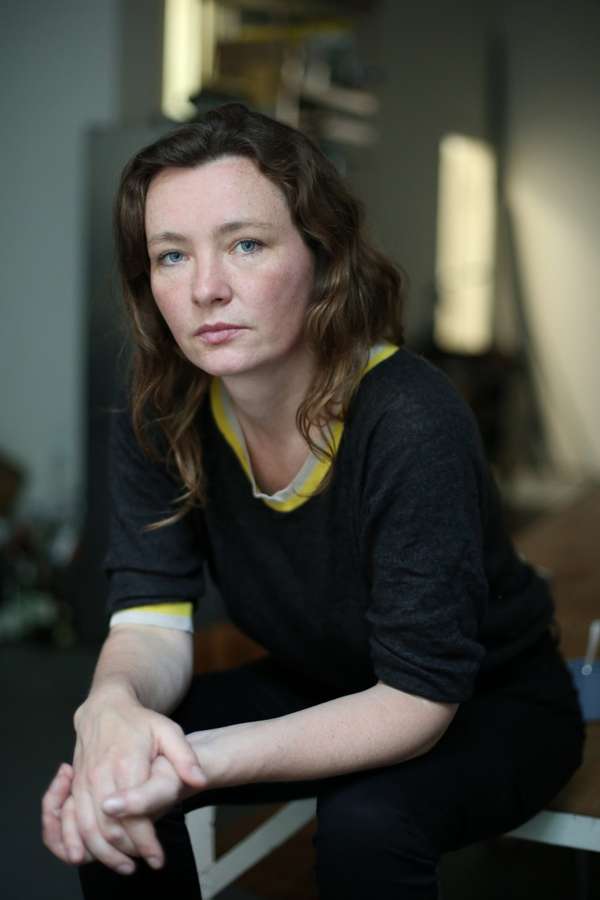

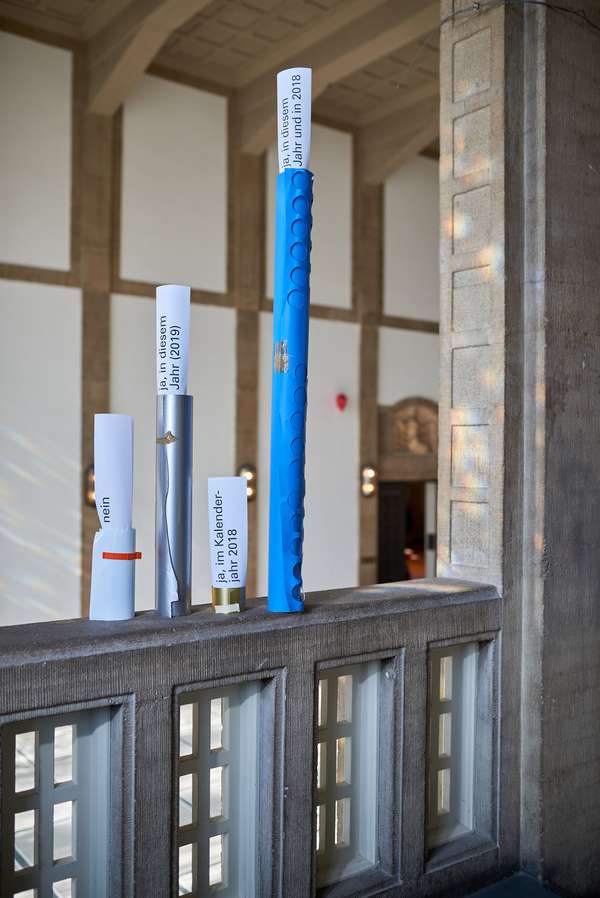



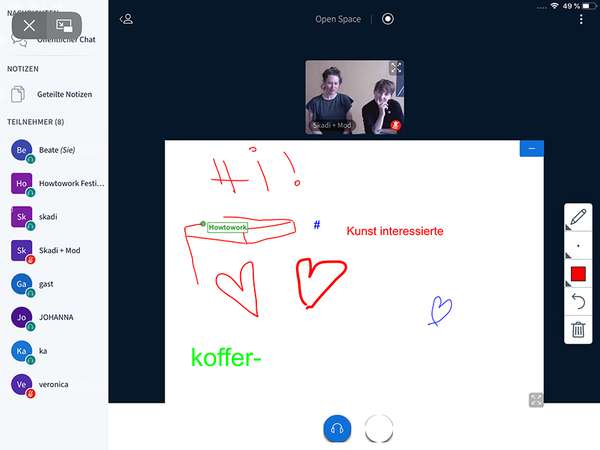
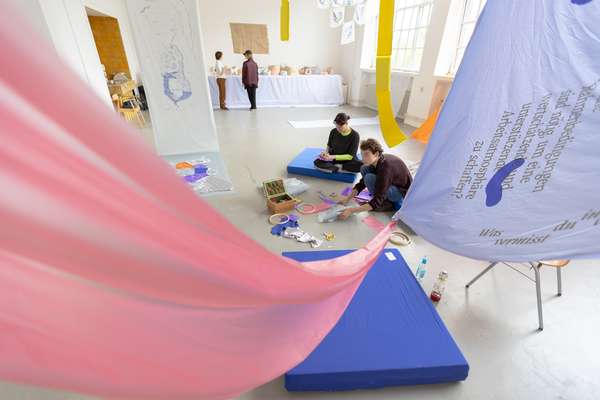

 Graduate Show 2025: Don't stop me now
Graduate Show 2025: Don't stop me now
 Long days, lots to do
Long days, lots to do
 Cine*Ami*es
Cine*Ami*es
 Redesign Democracy – competition for the ballot box of the democratic future
Redesign Democracy – competition for the ballot box of the democratic future
 Art in public space
Art in public space
 How to apply: study at HFBK Hamburg
How to apply: study at HFBK Hamburg
 Annual Exhibition 2025 at the HFBK Hamburg
Annual Exhibition 2025 at the HFBK Hamburg
 The Elephant in The Room – Sculpture today
The Elephant in The Room – Sculpture today
 Hiscox Art Prize 2024
Hiscox Art Prize 2024
 The New Woman
The New Woman
 Doing a PhD at the HFBK Hamburg
Doing a PhD at the HFBK Hamburg
 Graduate Show 2024 - Letting Go
Graduate Show 2024 - Letting Go
 Finkenwerder Art Prize 2024
Finkenwerder Art Prize 2024
 Archives of the Body - The Body in Archiving
Archives of the Body - The Body in Archiving
 New partnership with the School of Arts at the University of Haifa
New partnership with the School of Arts at the University of Haifa
 Annual Exhibition 2024 at the HFBK Hamburg
Annual Exhibition 2024 at the HFBK Hamburg
 (Ex)Changes of / in Art
(Ex)Changes of / in Art
 Extended Libraries
Extended Libraries
 And Still I Rise
And Still I Rise
 Let's talk about language
Let's talk about language
 Graduate Show 2023: Unfinished Business
Graduate Show 2023: Unfinished Business
 Let`s work together
Let`s work together
 Annual Exhibition 2023 at HFBK Hamburg
Annual Exhibition 2023 at HFBK Hamburg
 Symposium: Controversy over documenta fifteen
Symposium: Controversy over documenta fifteen
 Festival and Symposium: Non-Knowledge, Laughter and the Moving Image
Festival and Symposium: Non-Knowledge, Laughter and the Moving Image
 Solo exhibition by Konstantin Grcic
Solo exhibition by Konstantin Grcic
 Art and war
Art and war
 Graduate Show 2022: We’ve Only Just Begun
Graduate Show 2022: We’ve Only Just Begun
 June is full of art and theory
June is full of art and theory
 Finkenwerder Art Prize 2022
Finkenwerder Art Prize 2022
 Nachhaltigkeit im Kontext von Kunst und Kunsthochschule
Nachhaltigkeit im Kontext von Kunst und Kunsthochschule
 Raum für die Kunst
Raum für die Kunst
 Annual Exhibition 2022 at the HFBK
Annual Exhibition 2022 at the HFBK
 Conference: Counter-Monuments and Para-Monuments.
Conference: Counter-Monuments and Para-Monuments.
 Diversity
Diversity
 Live und in Farbe: die ASA Open Studios im Juni 2021
Live und in Farbe: die ASA Open Studios im Juni 2021
 Unlearning: Wartenau Assemblies
Unlearning: Wartenau Assemblies
 School of No Consequences
School of No Consequences
 Annual Exhibition 2021 at the HFBK
Annual Exhibition 2021 at the HFBK
 Semestereröffnung und Hiscox-Preisverleihung 2020
Semestereröffnung und Hiscox-Preisverleihung 2020
 Teaching Art Online at the HFBK
Teaching Art Online at the HFBK
 HFBK Graduate Survey
HFBK Graduate Survey
 How political is Social Design?
How political is Social Design?